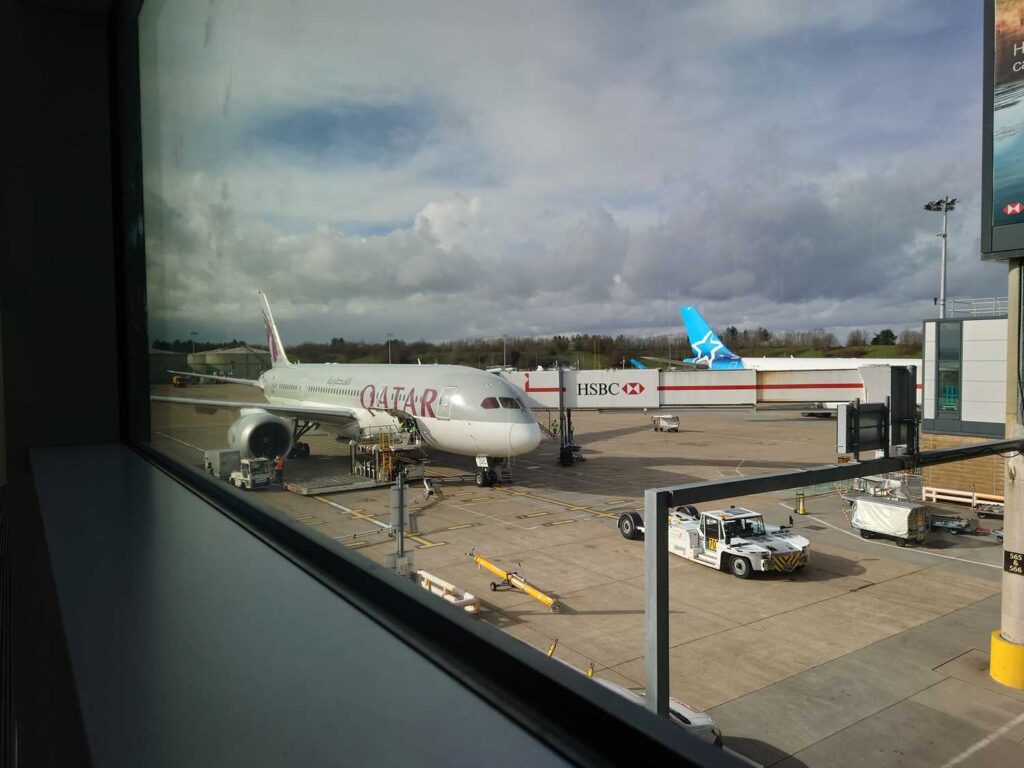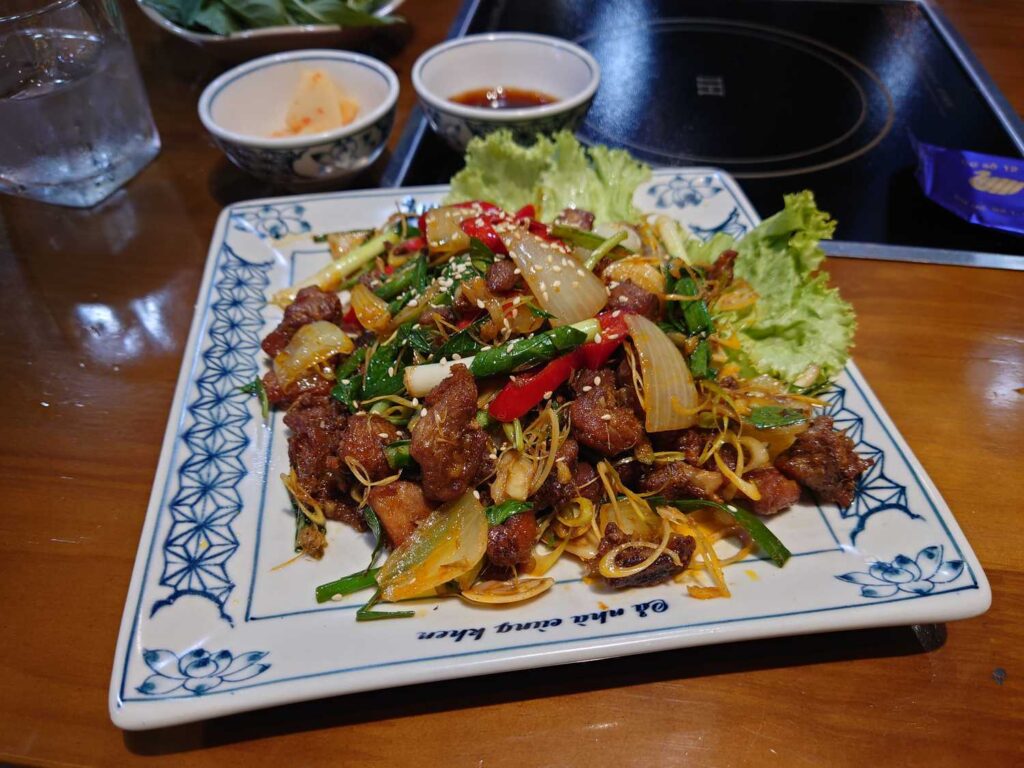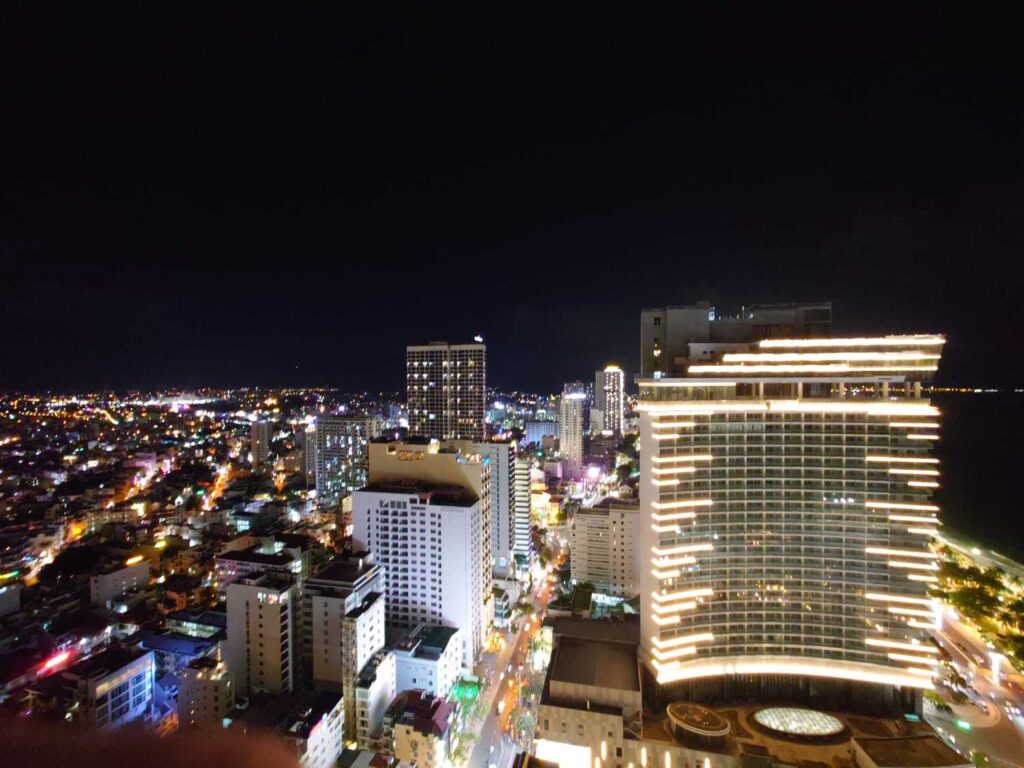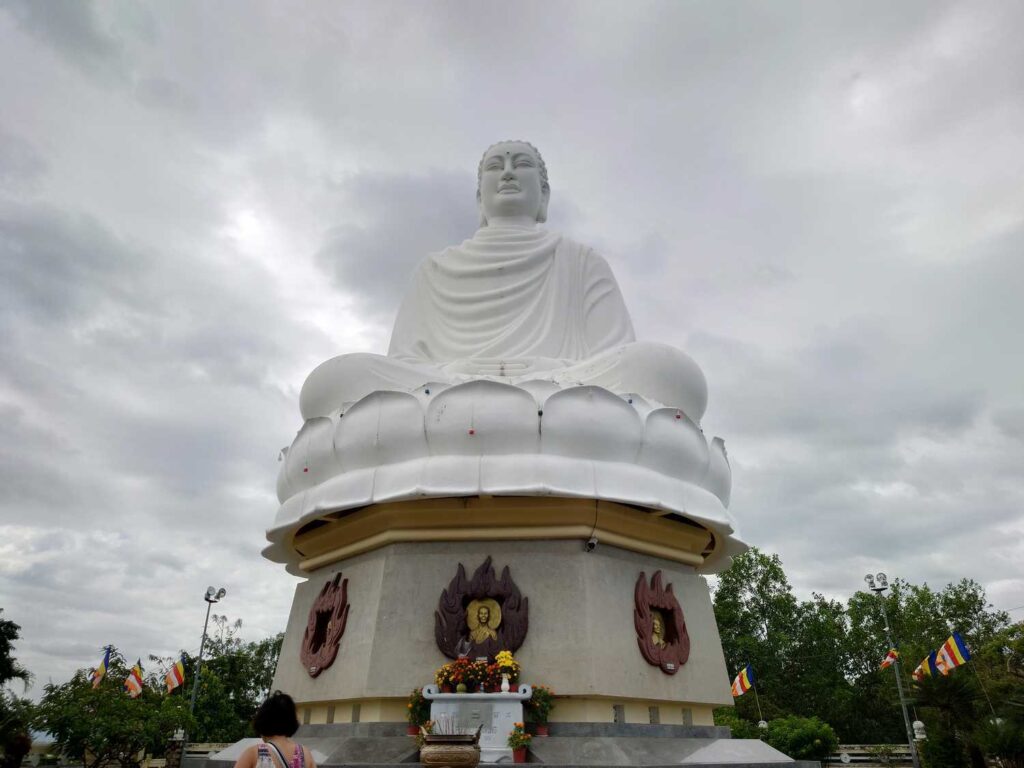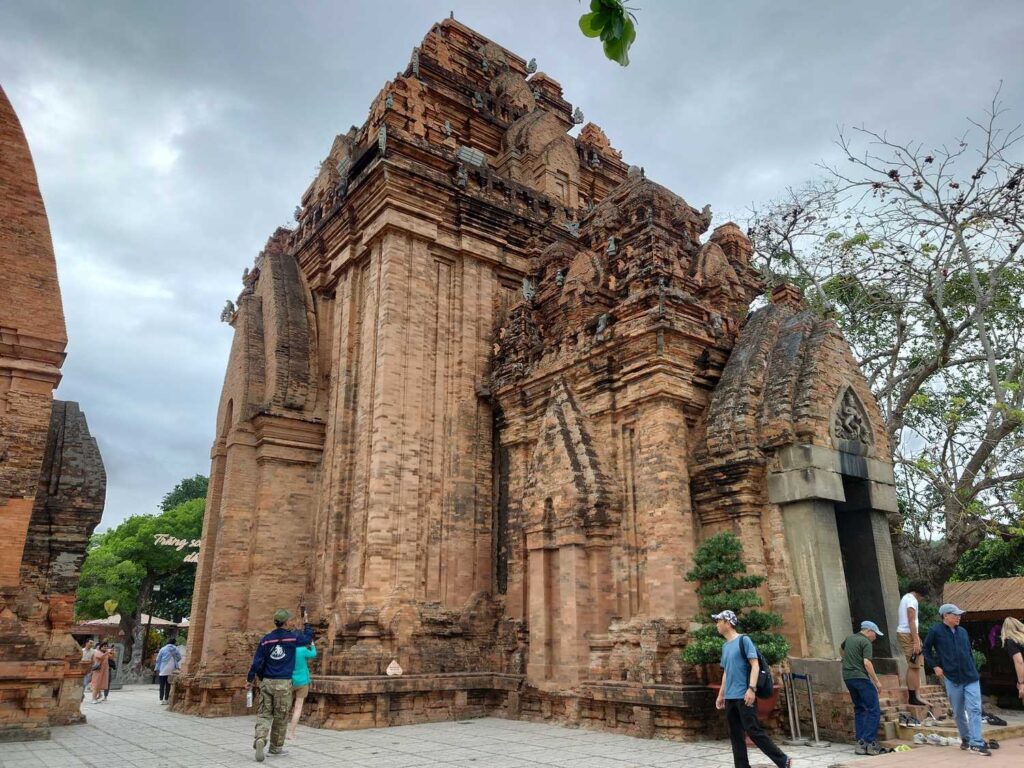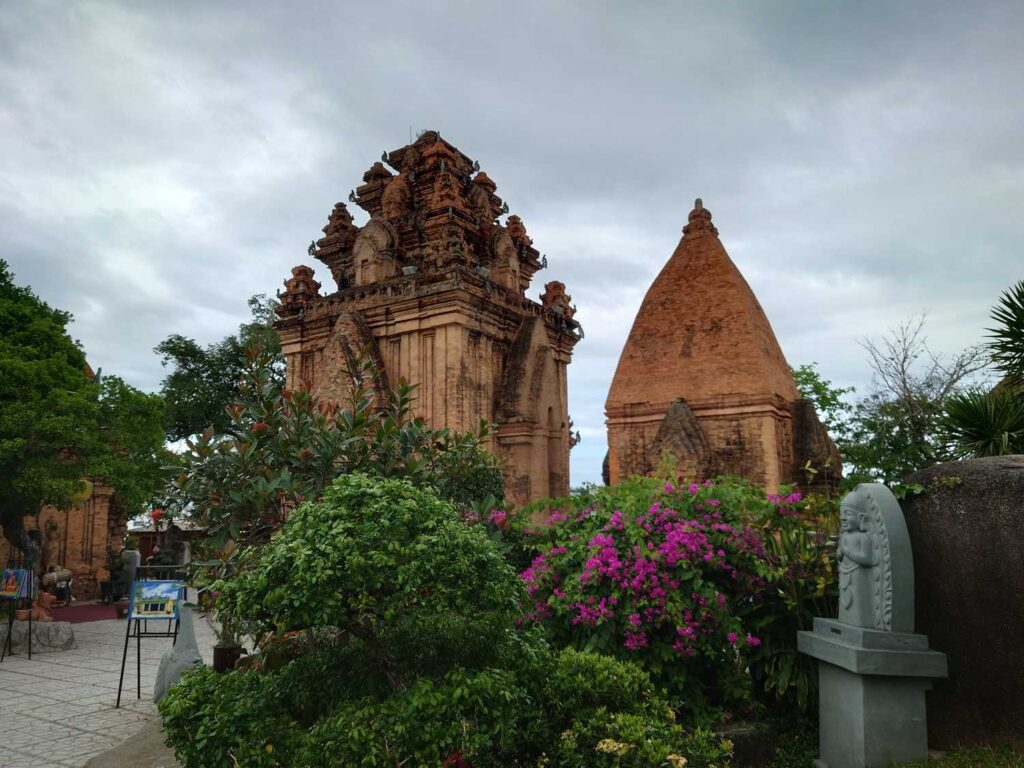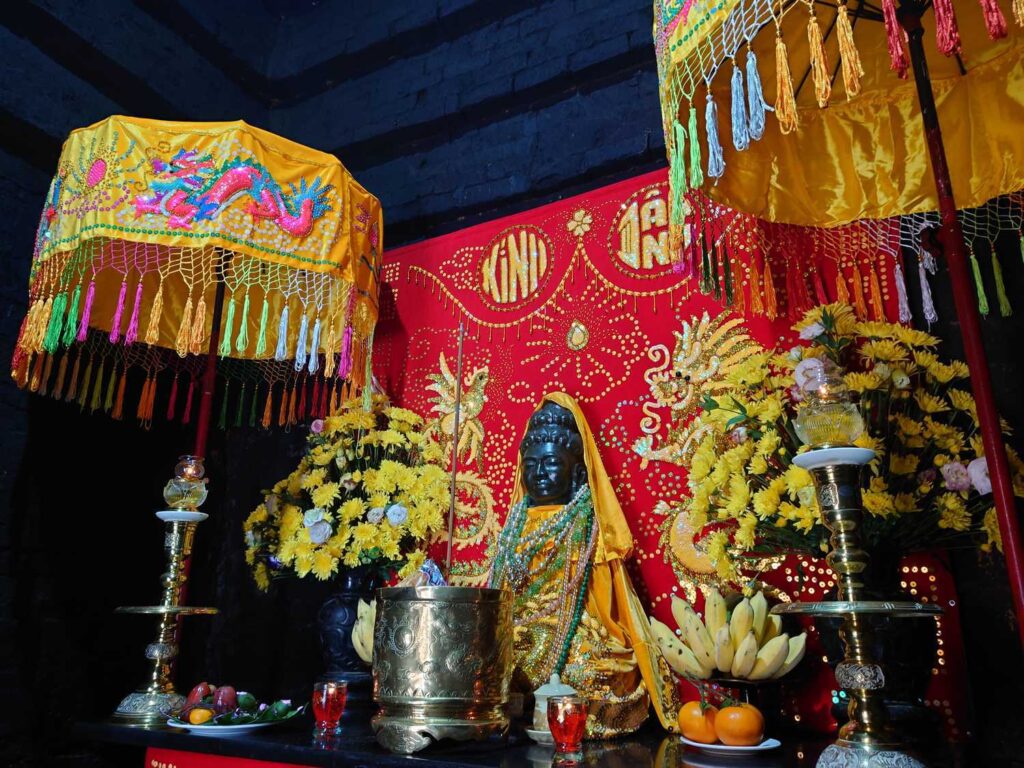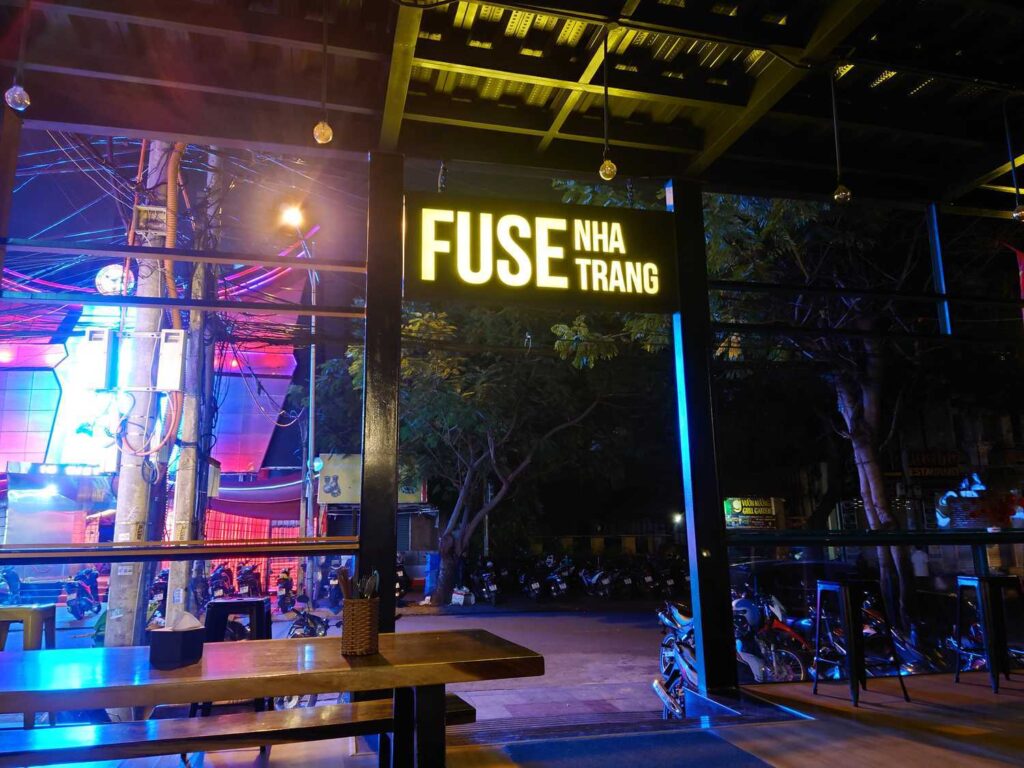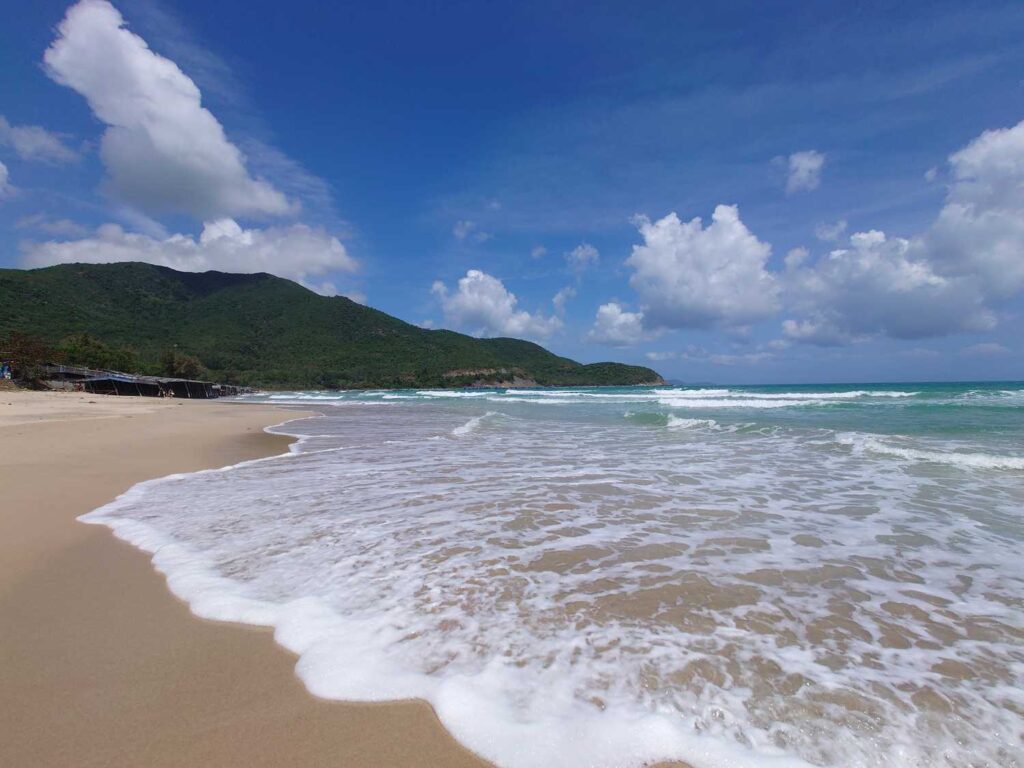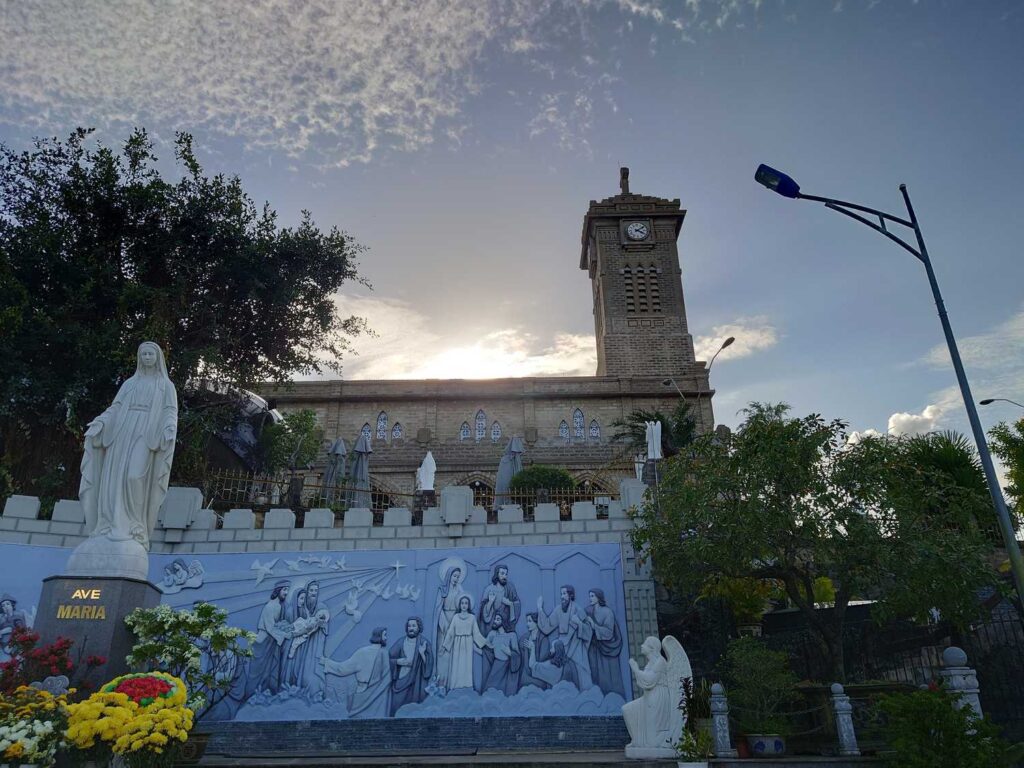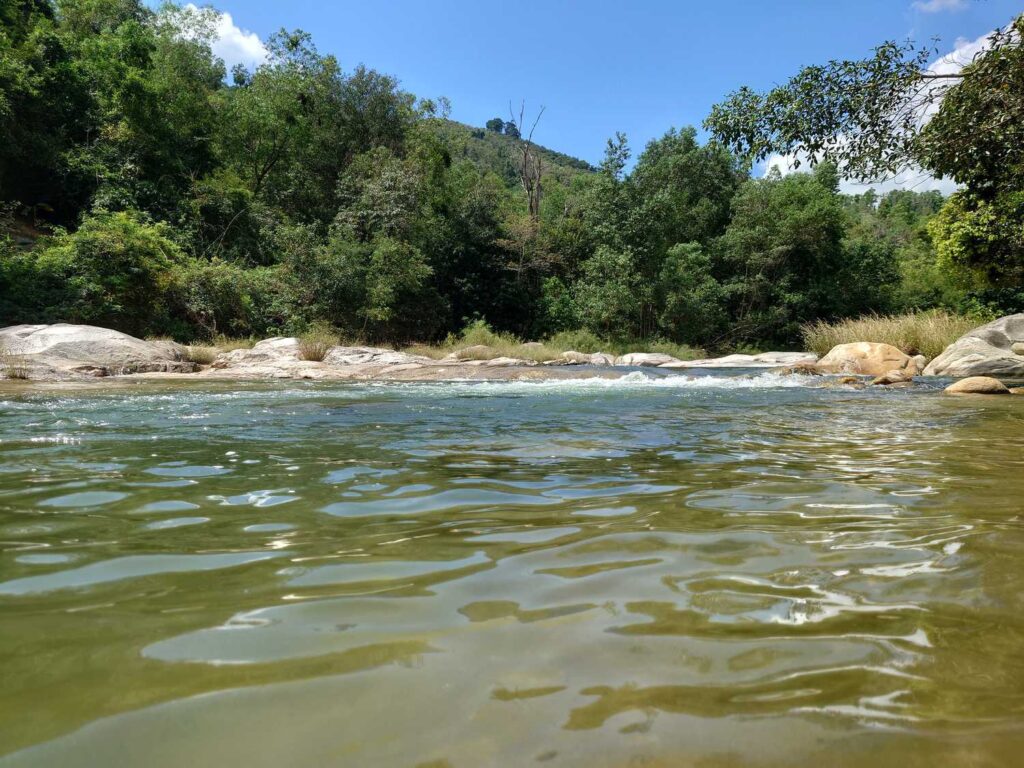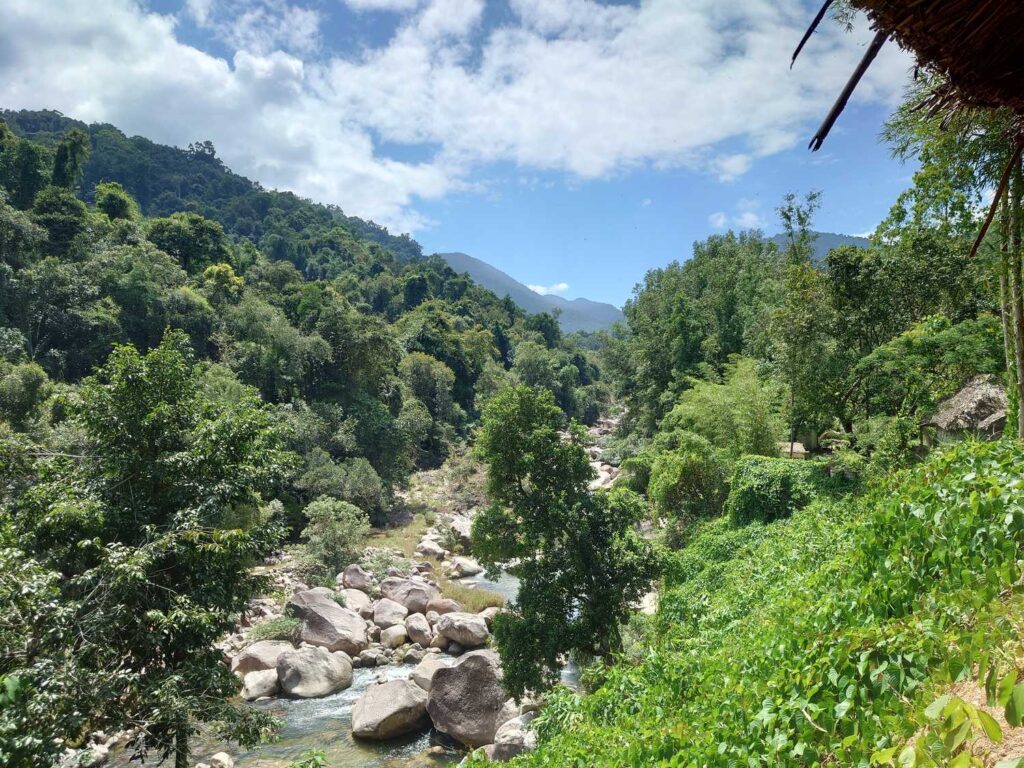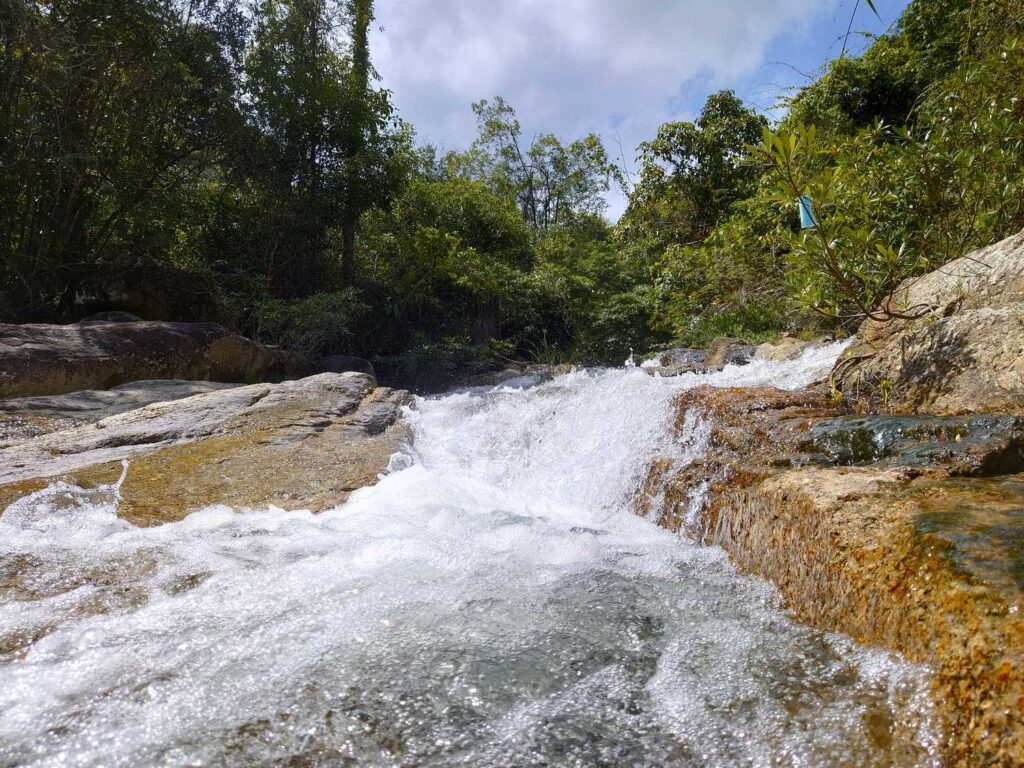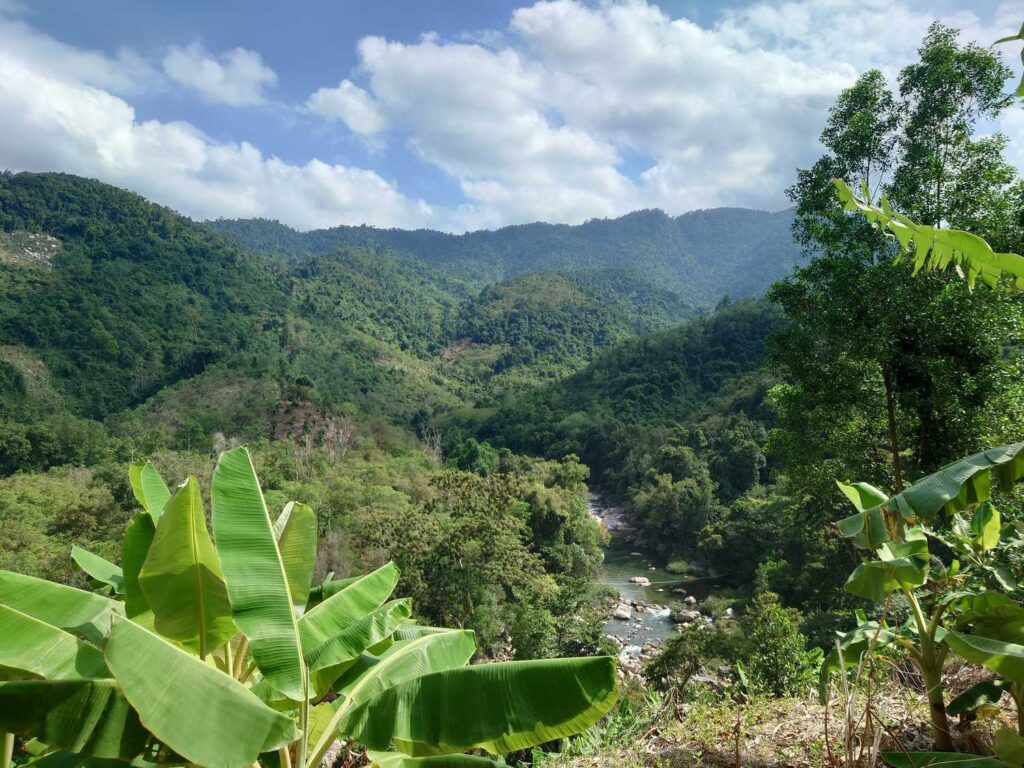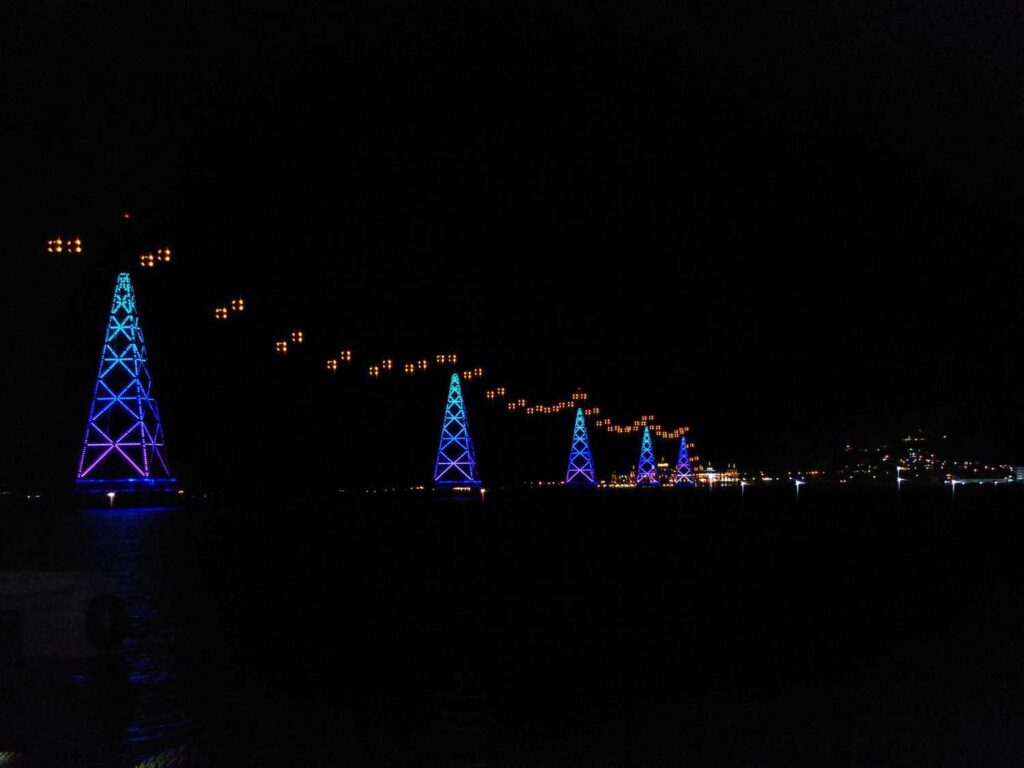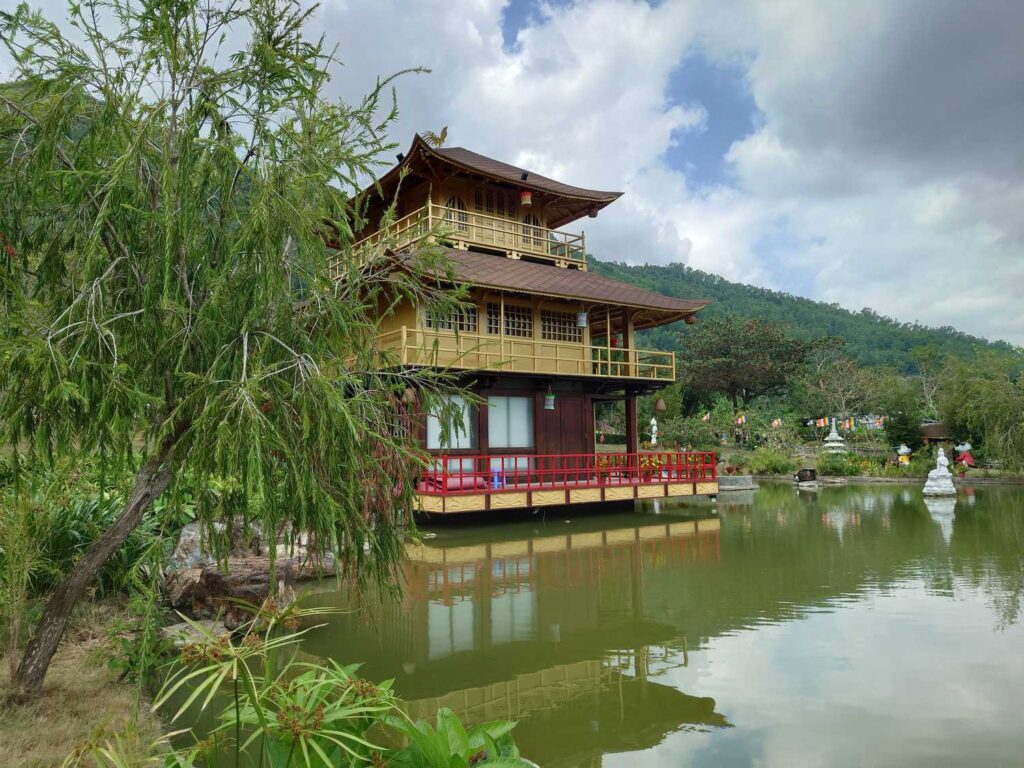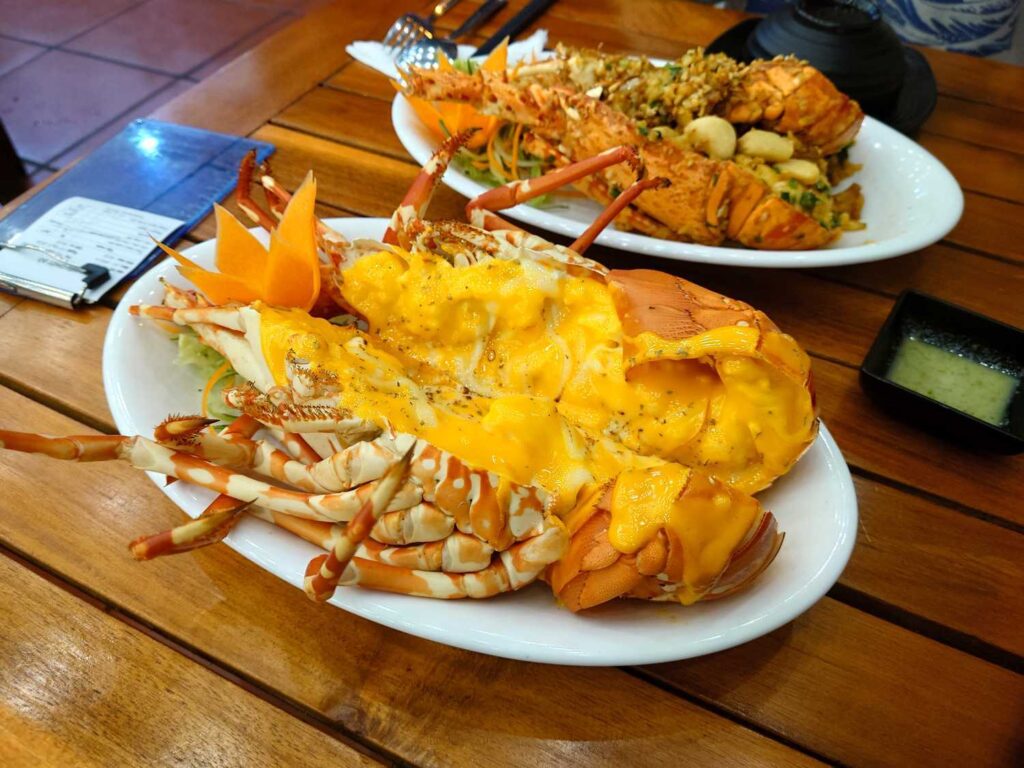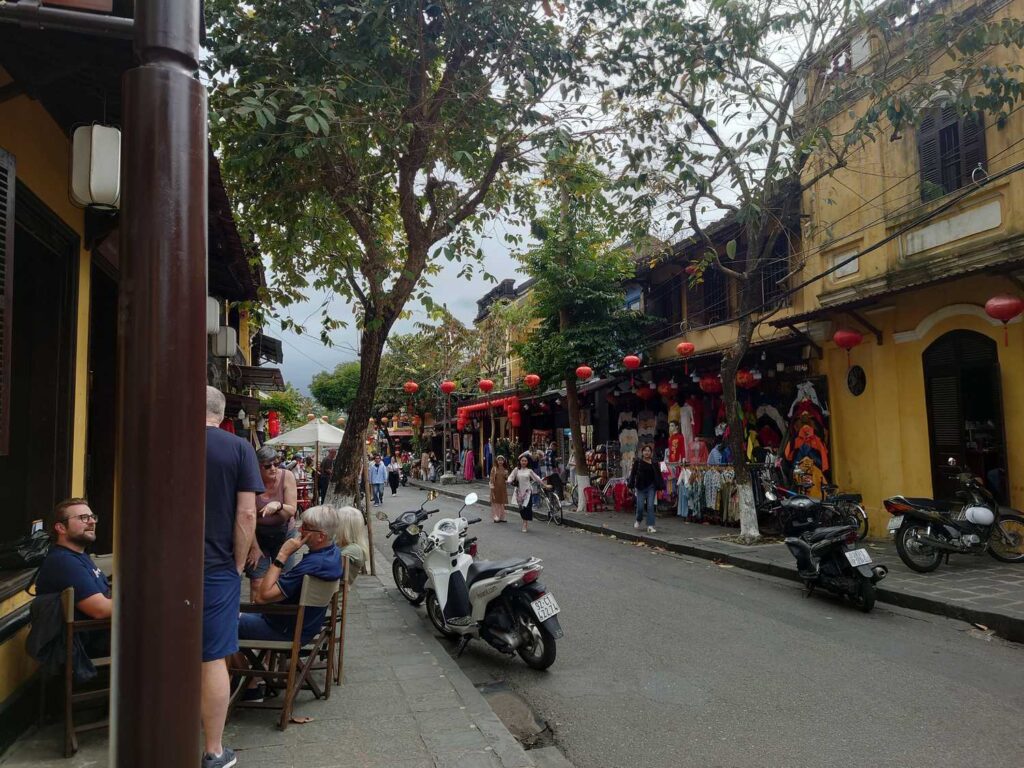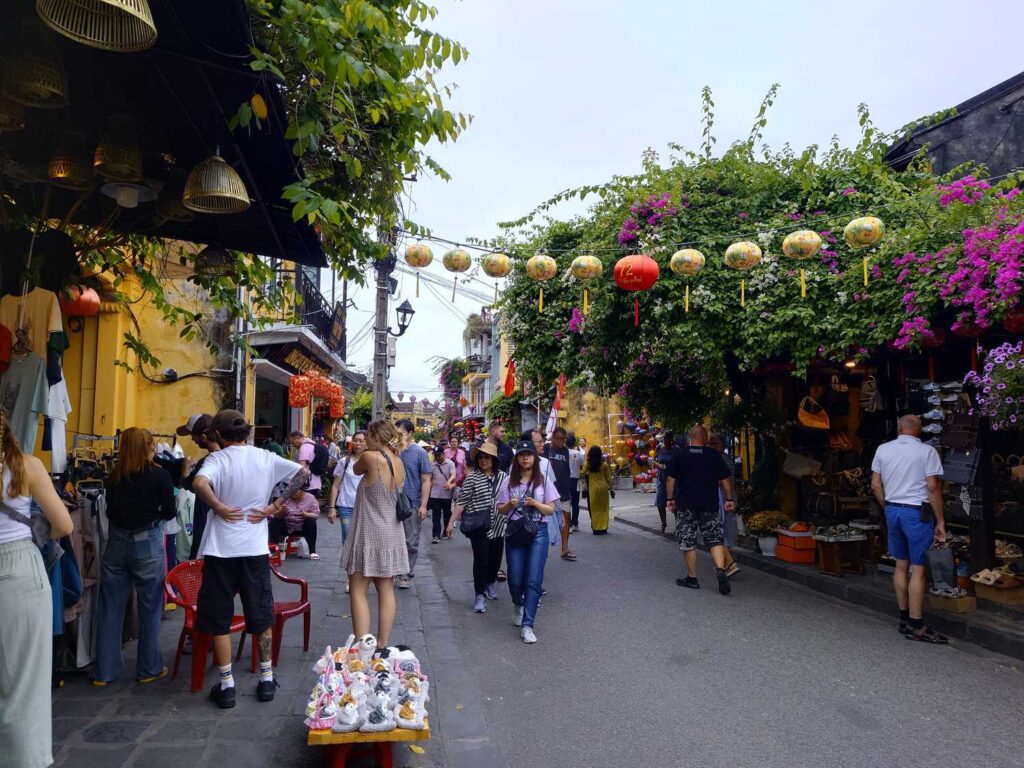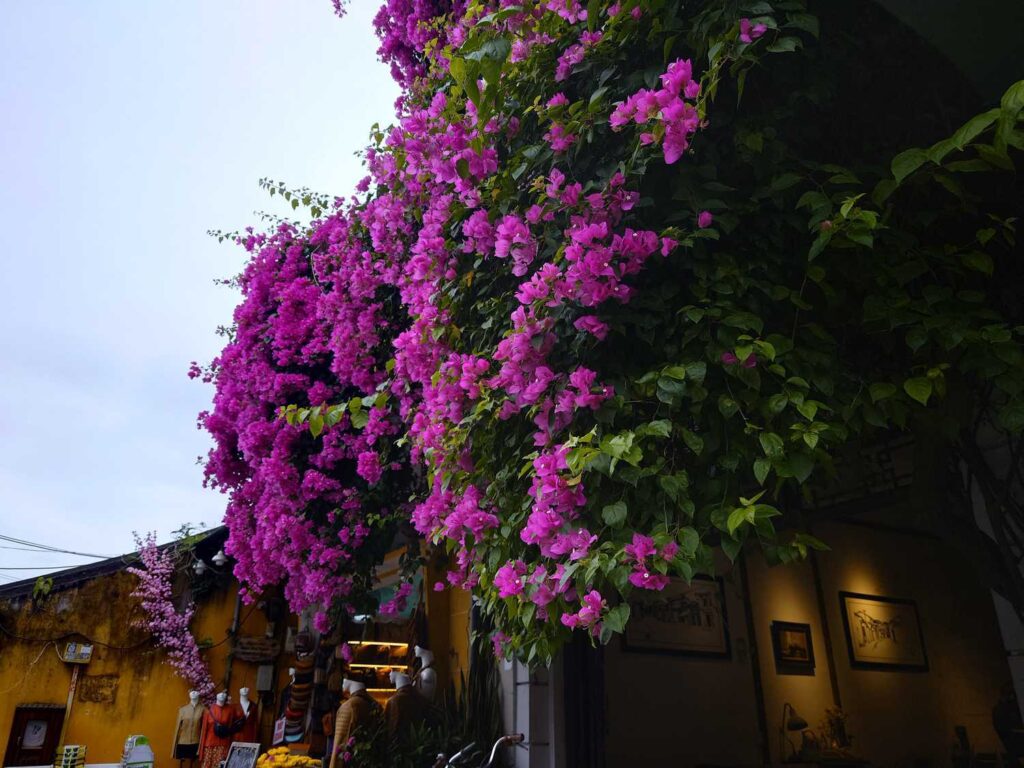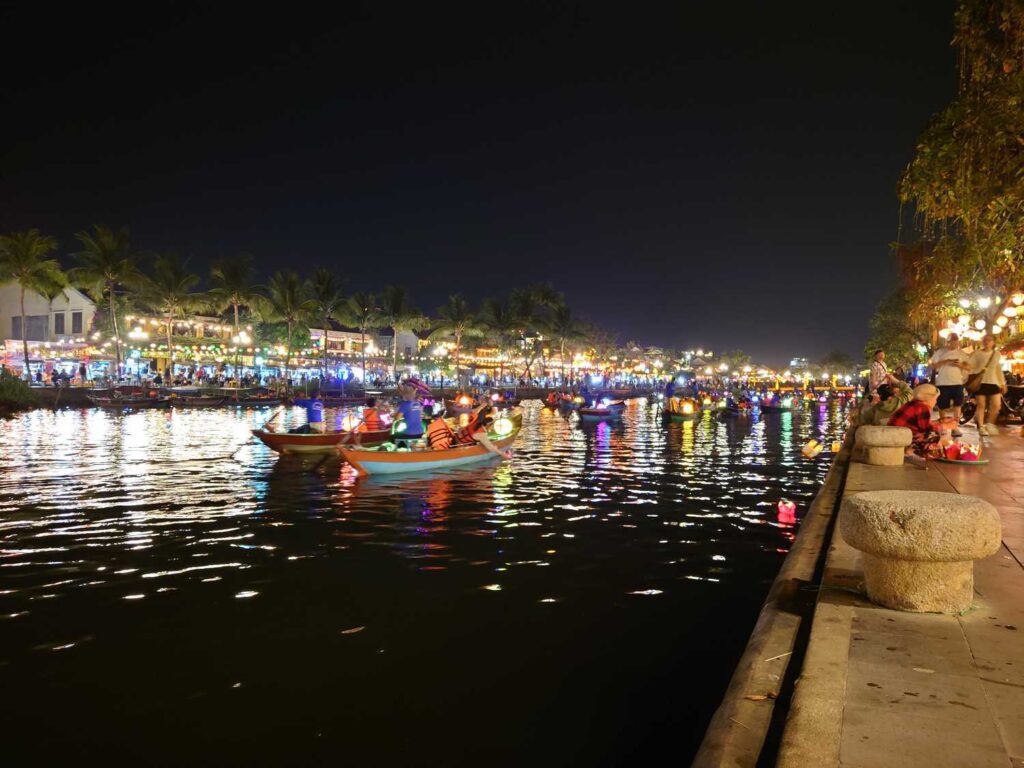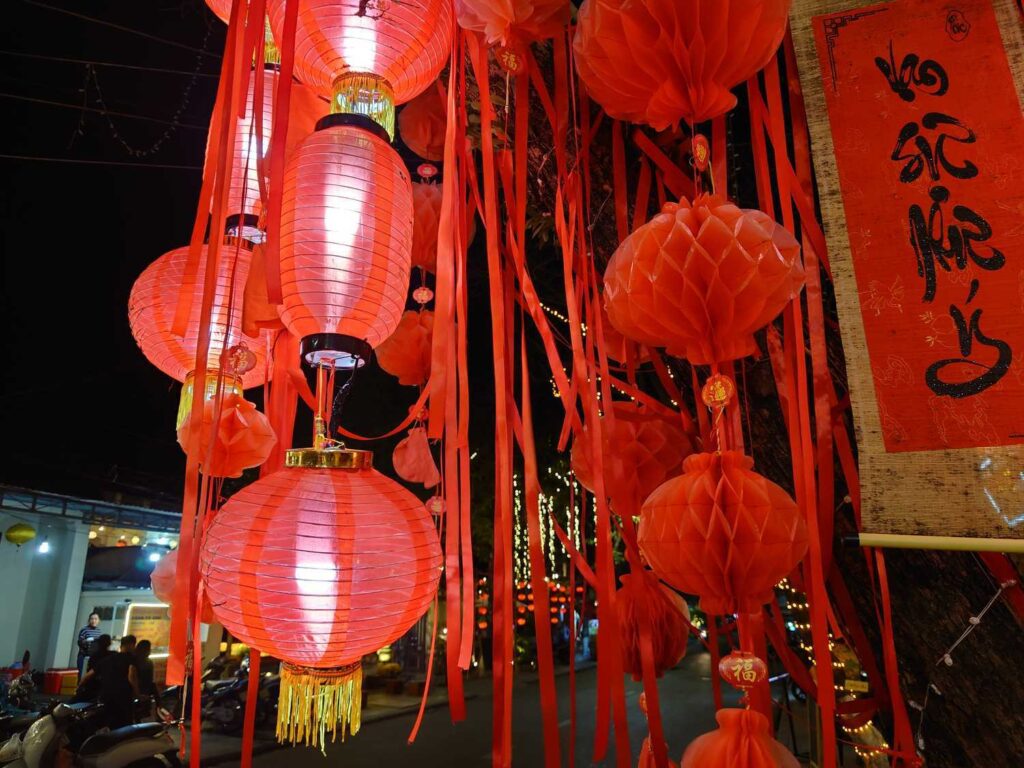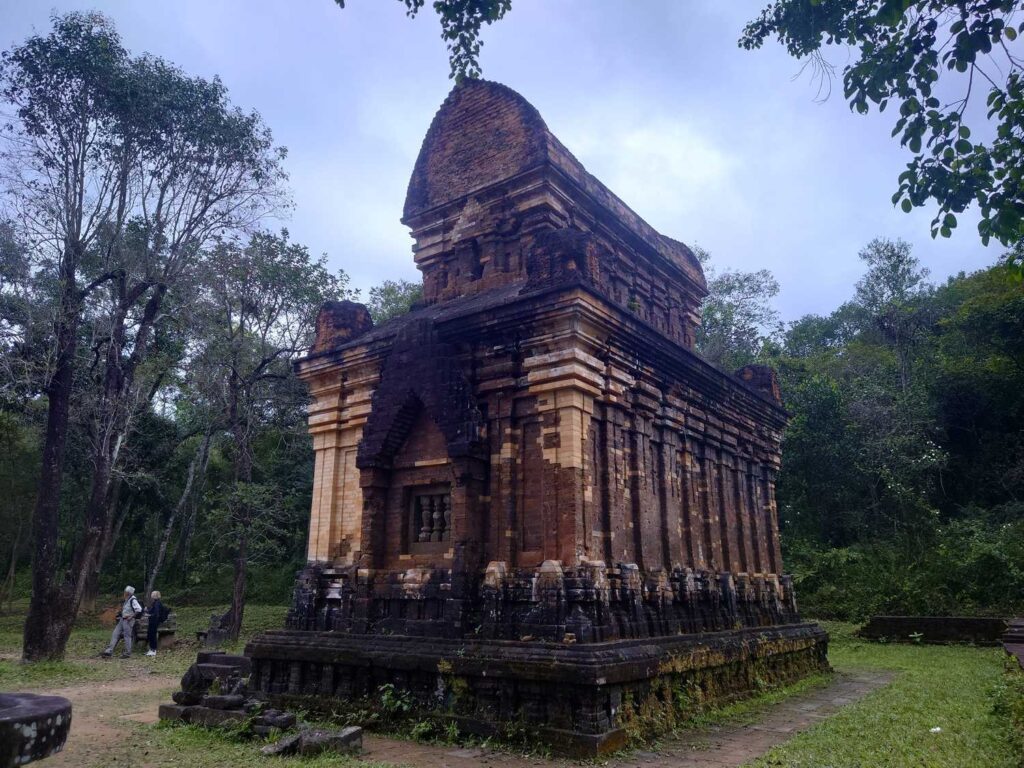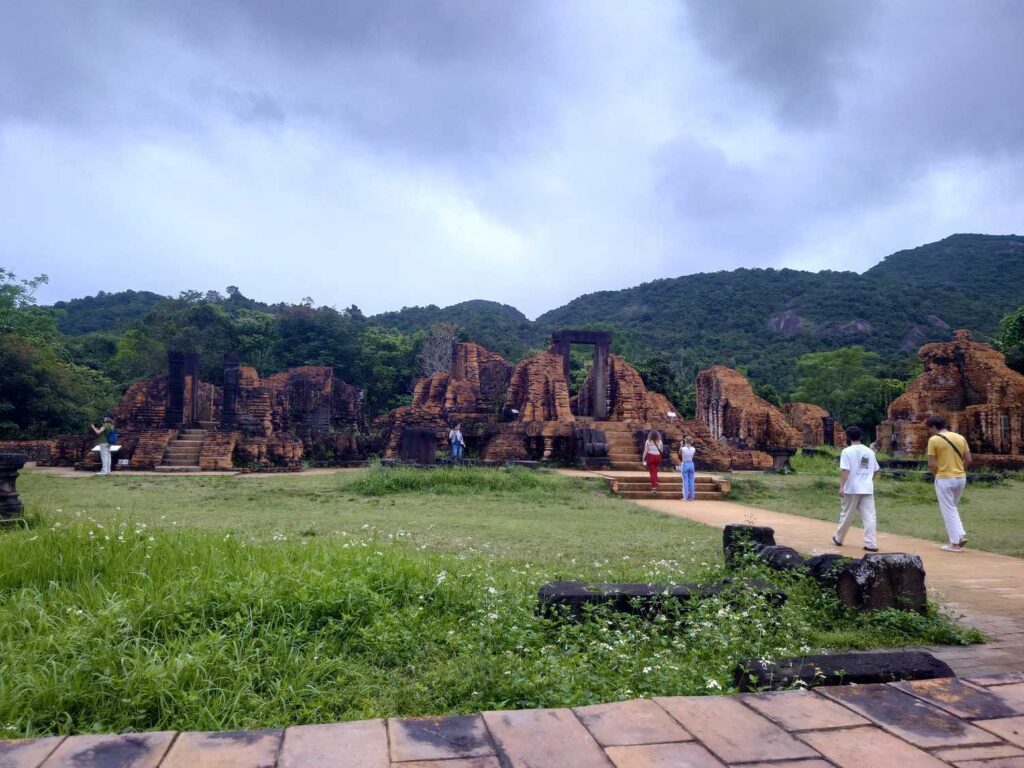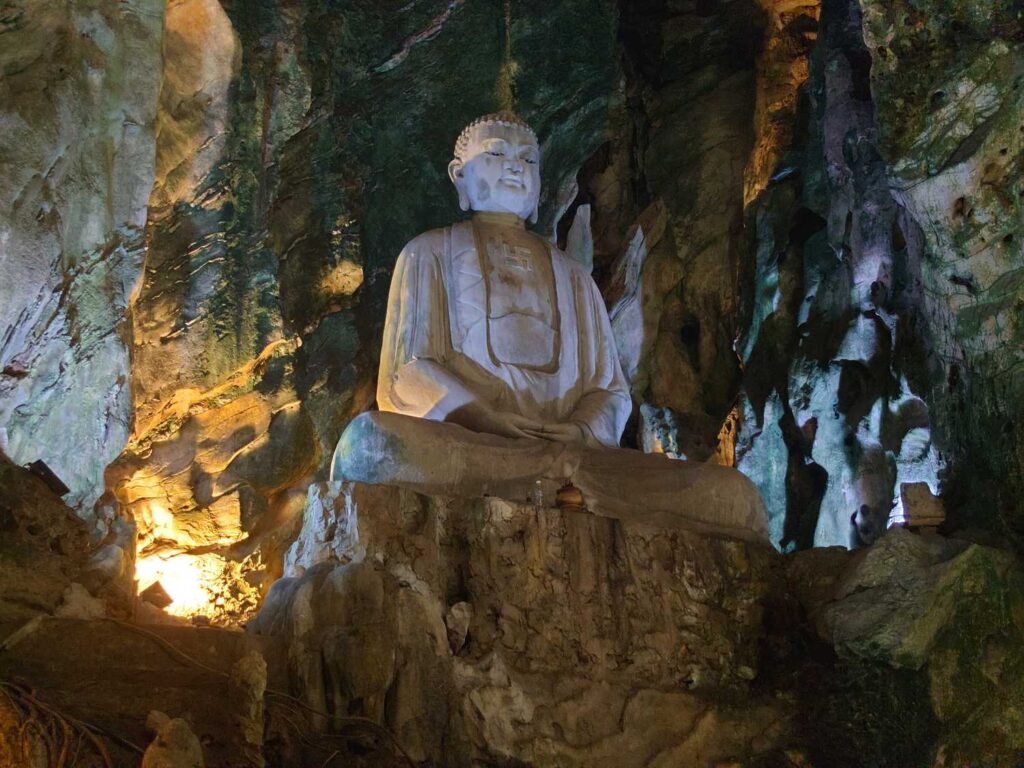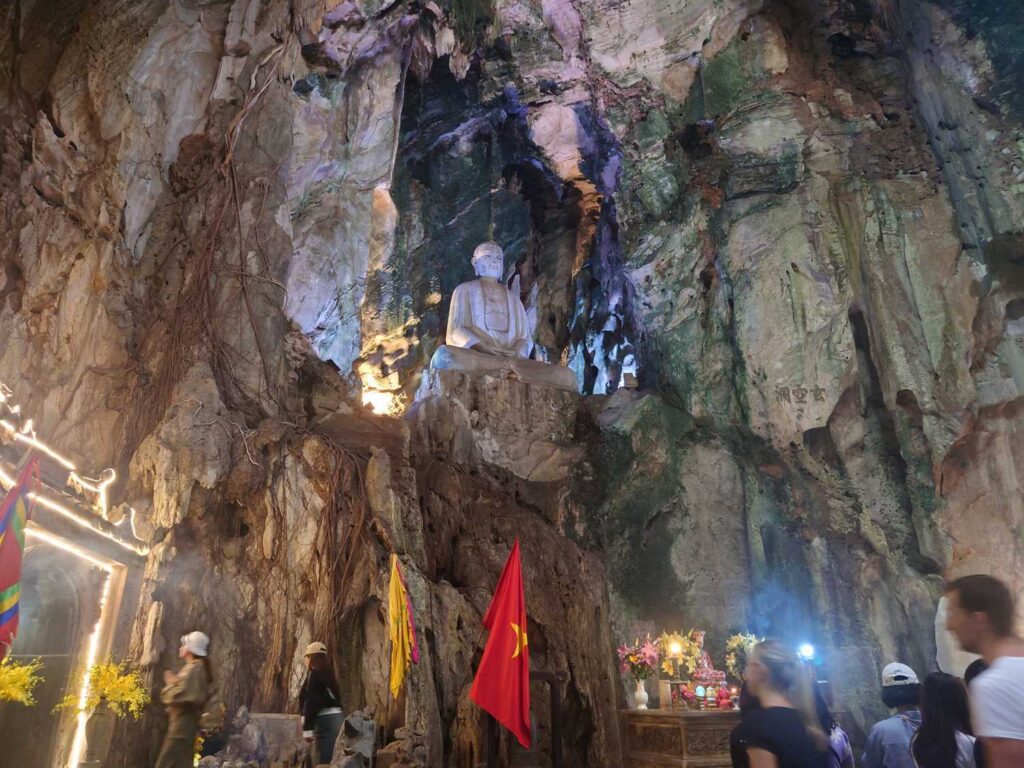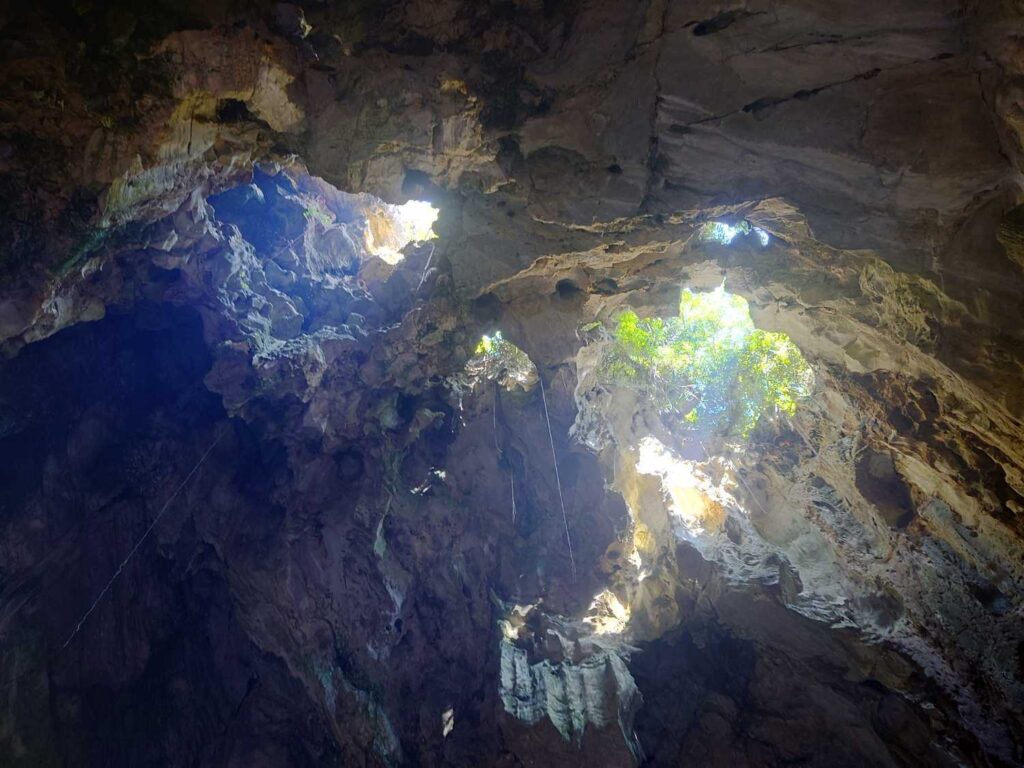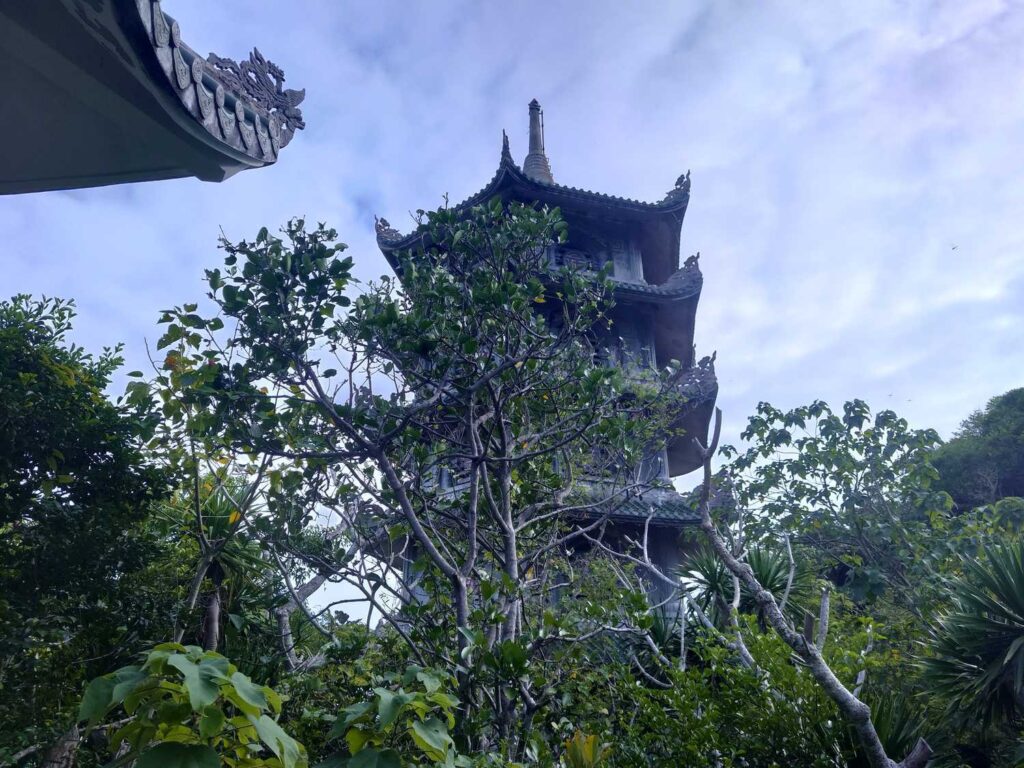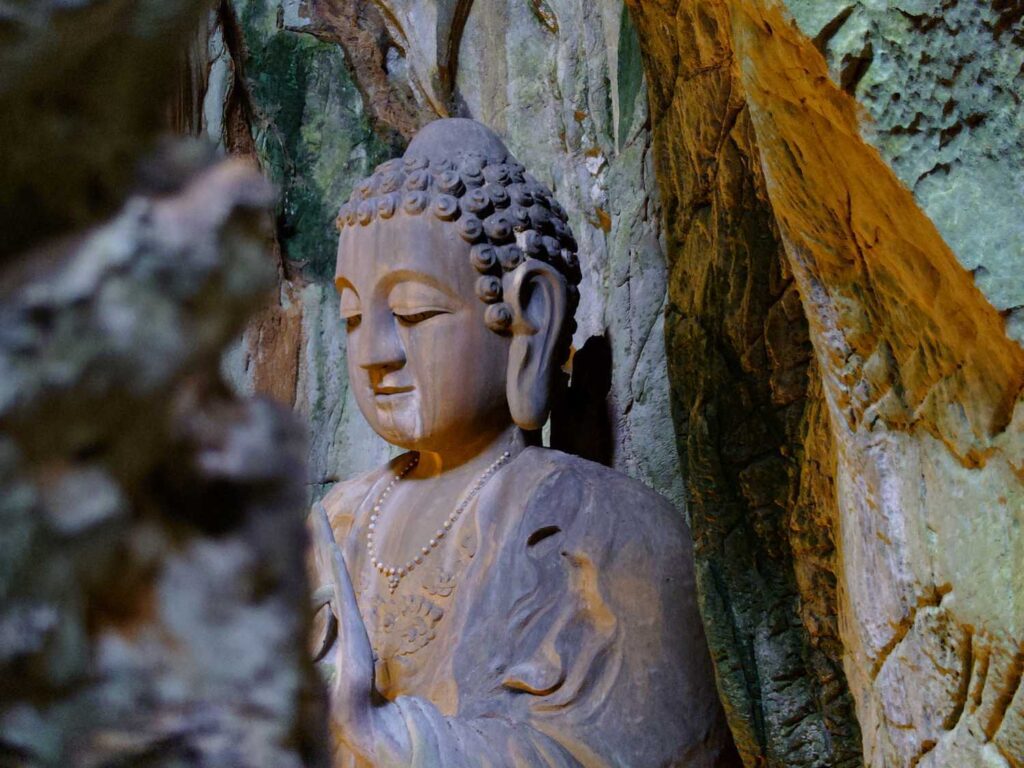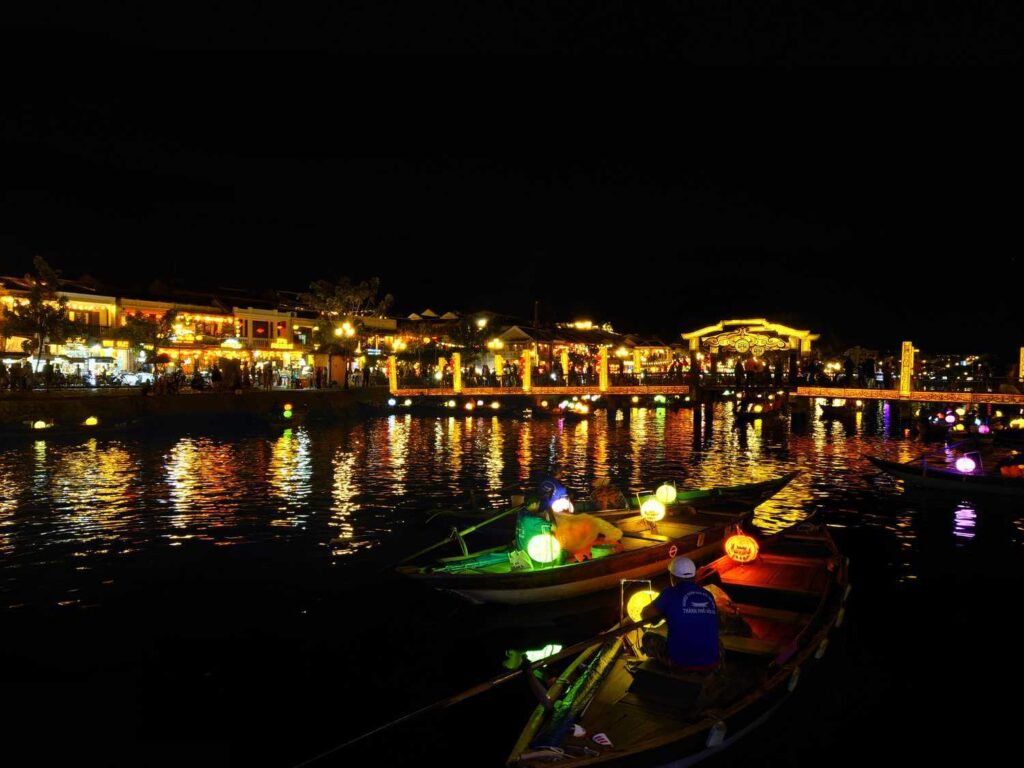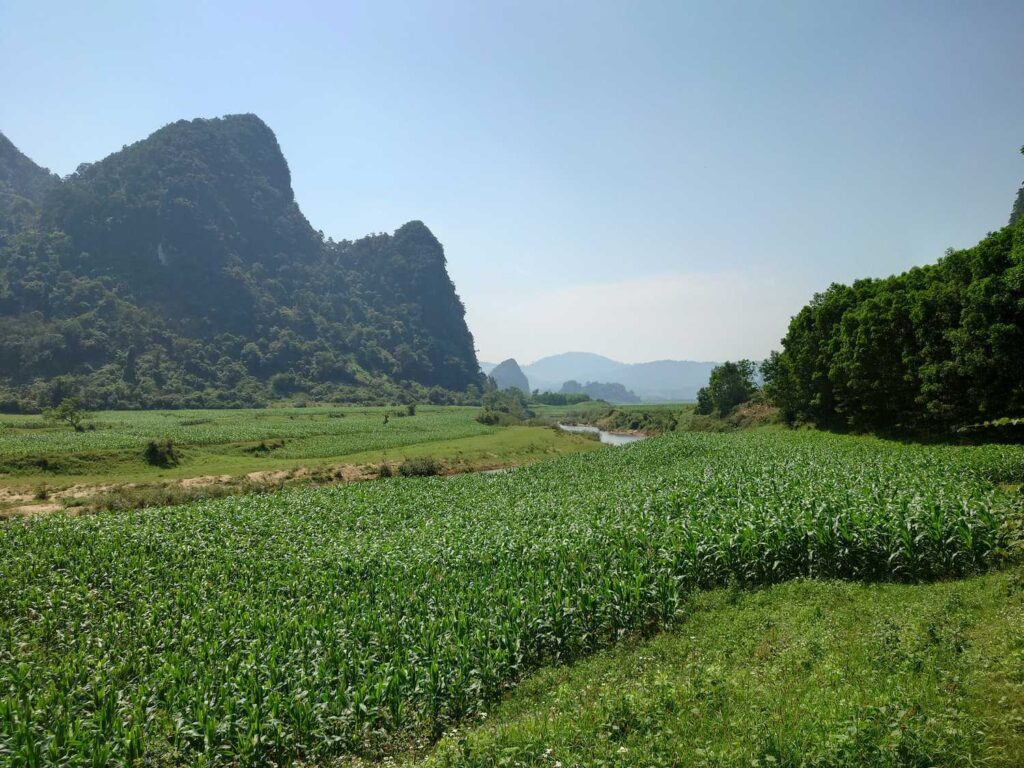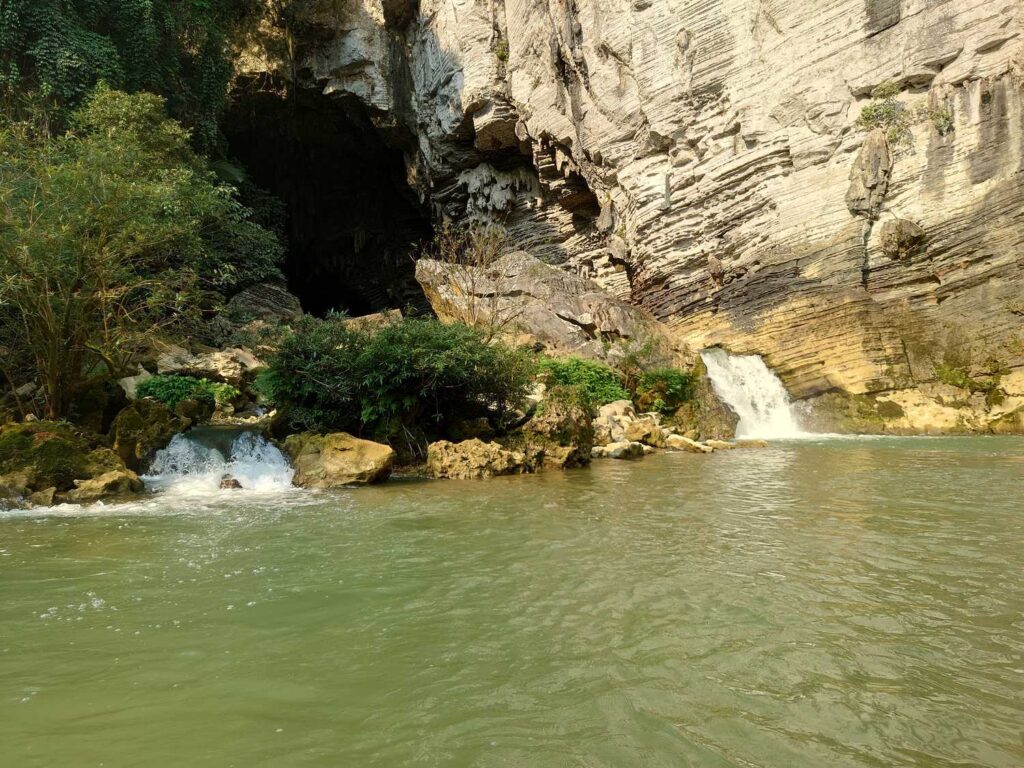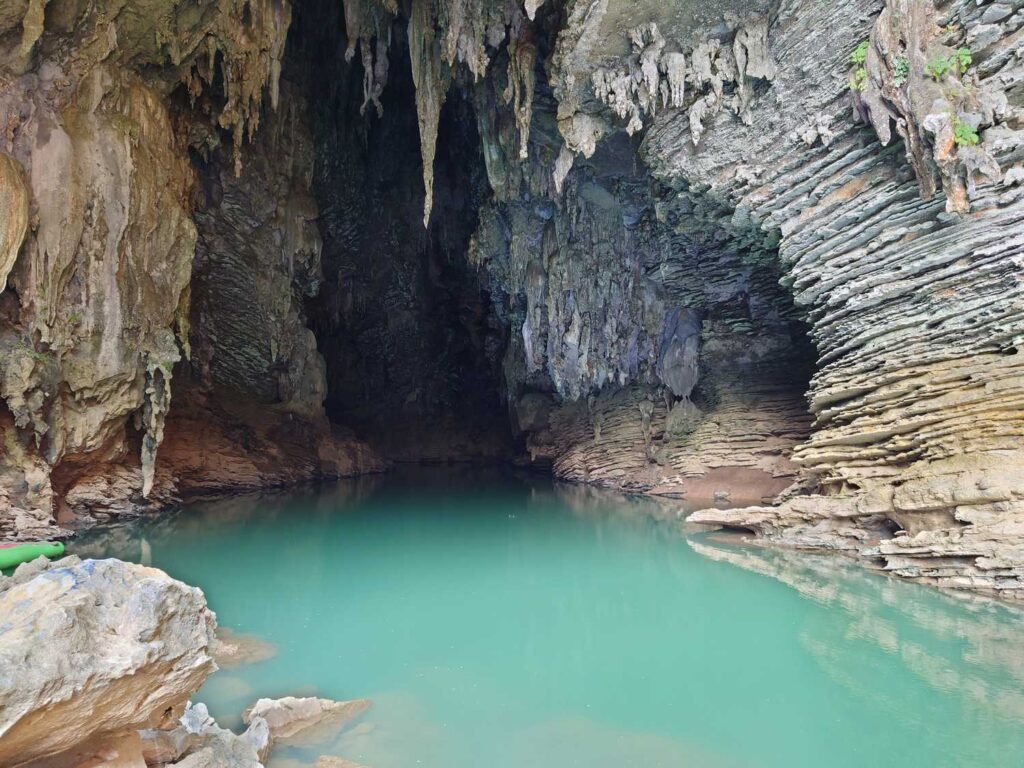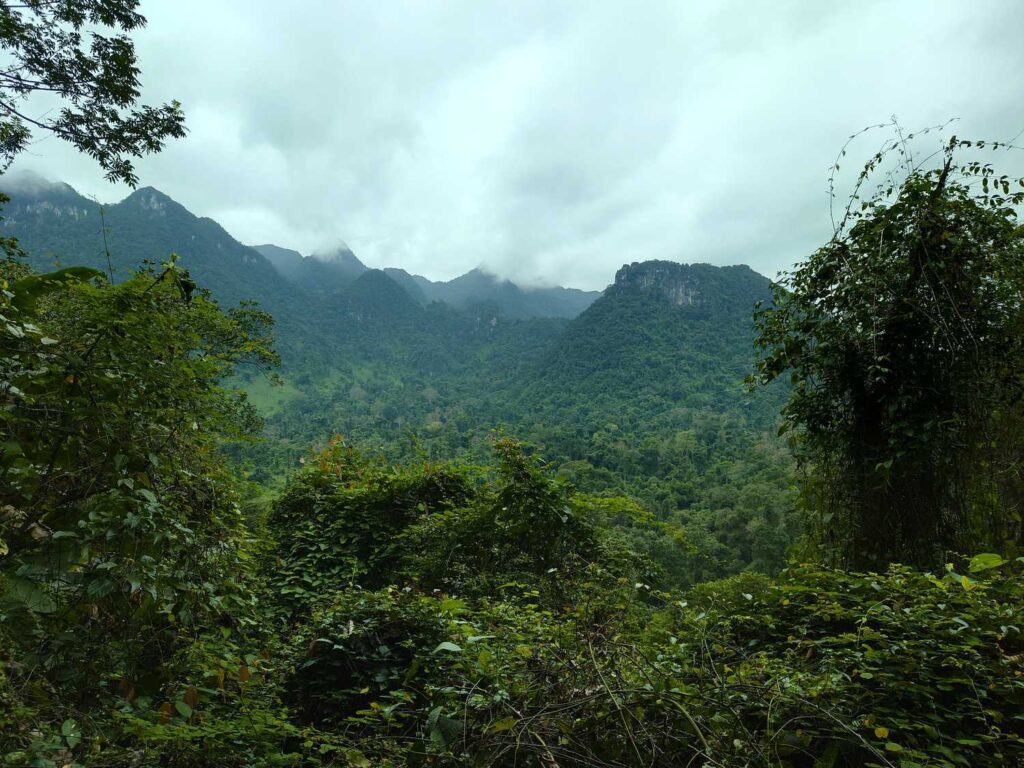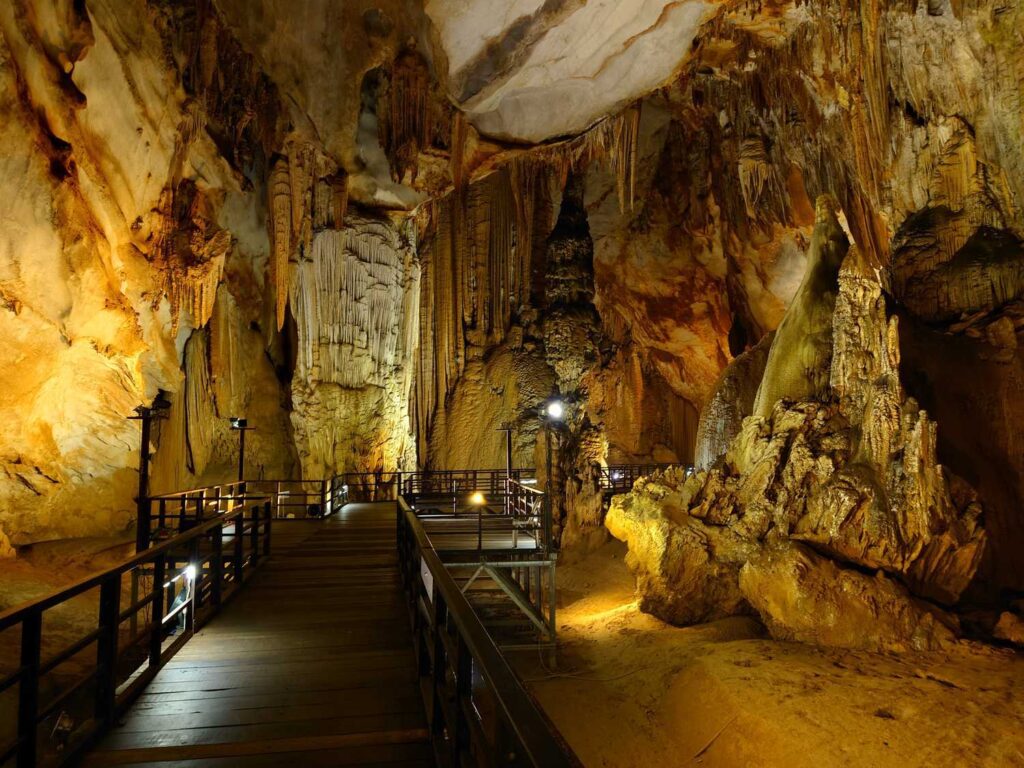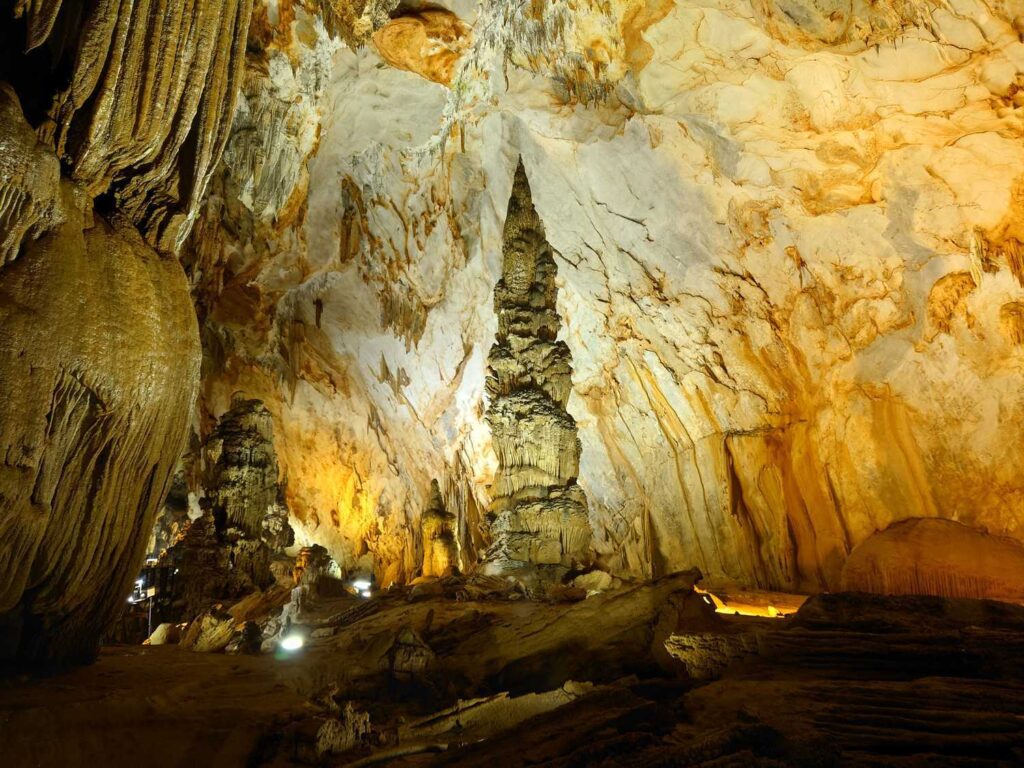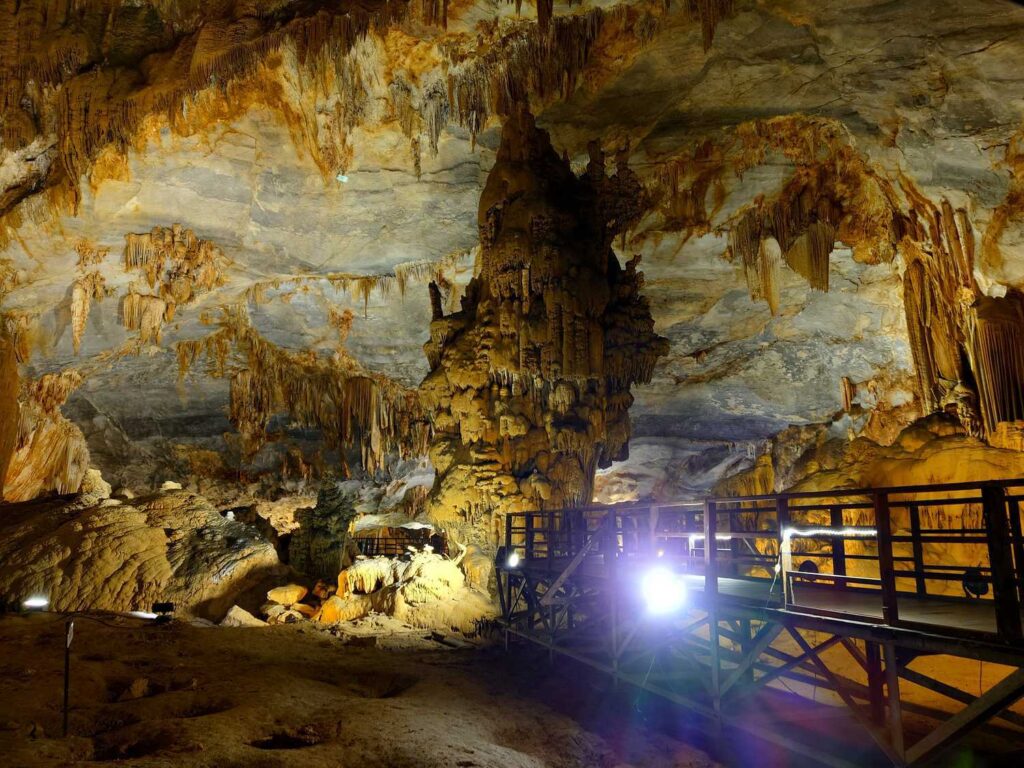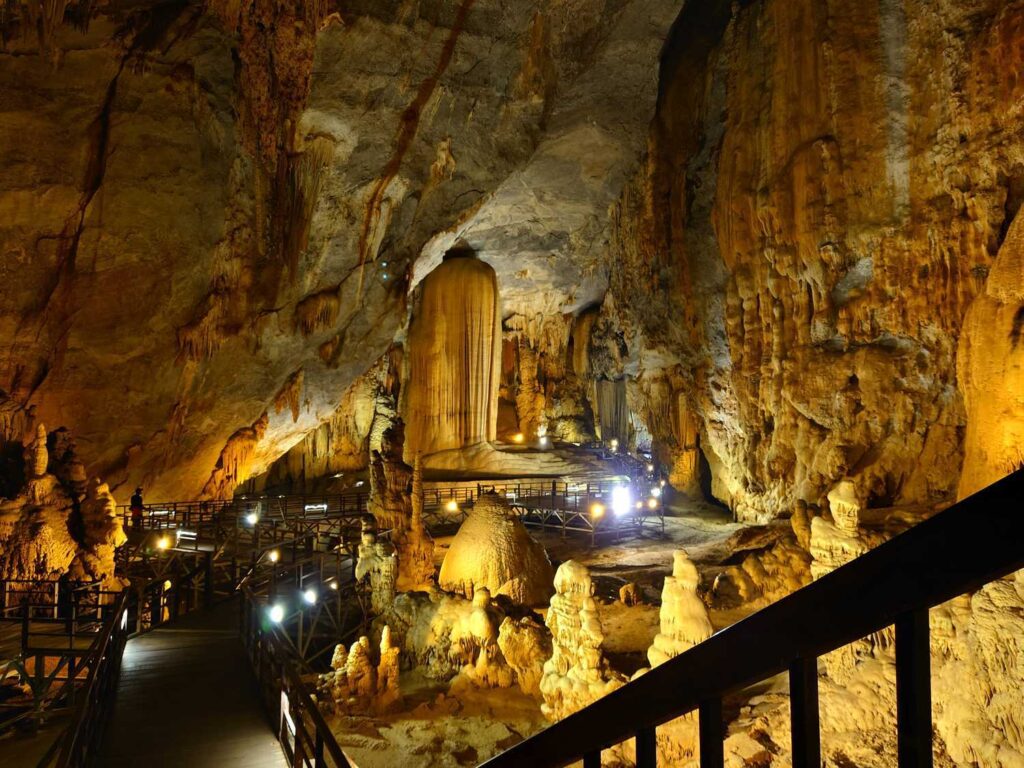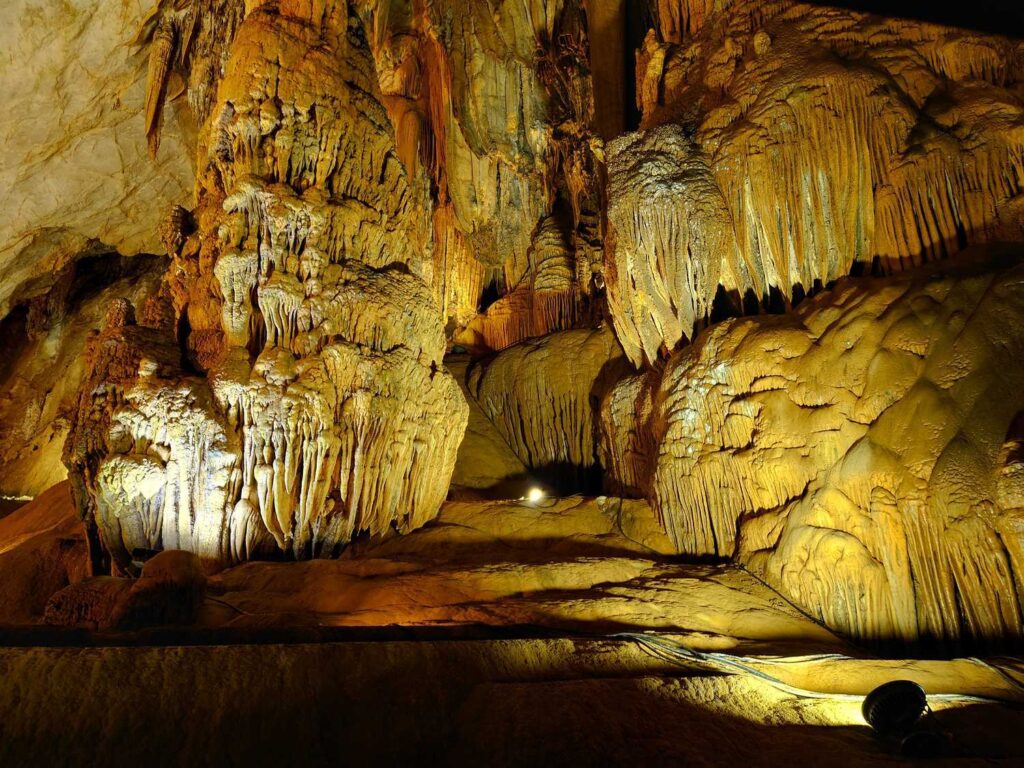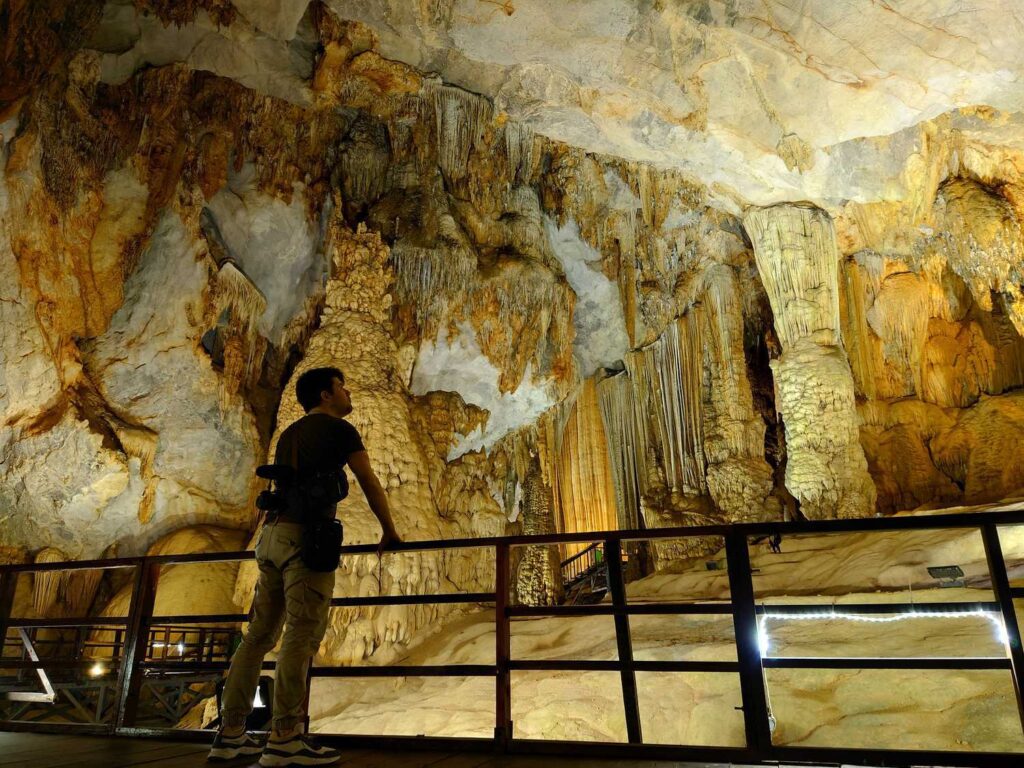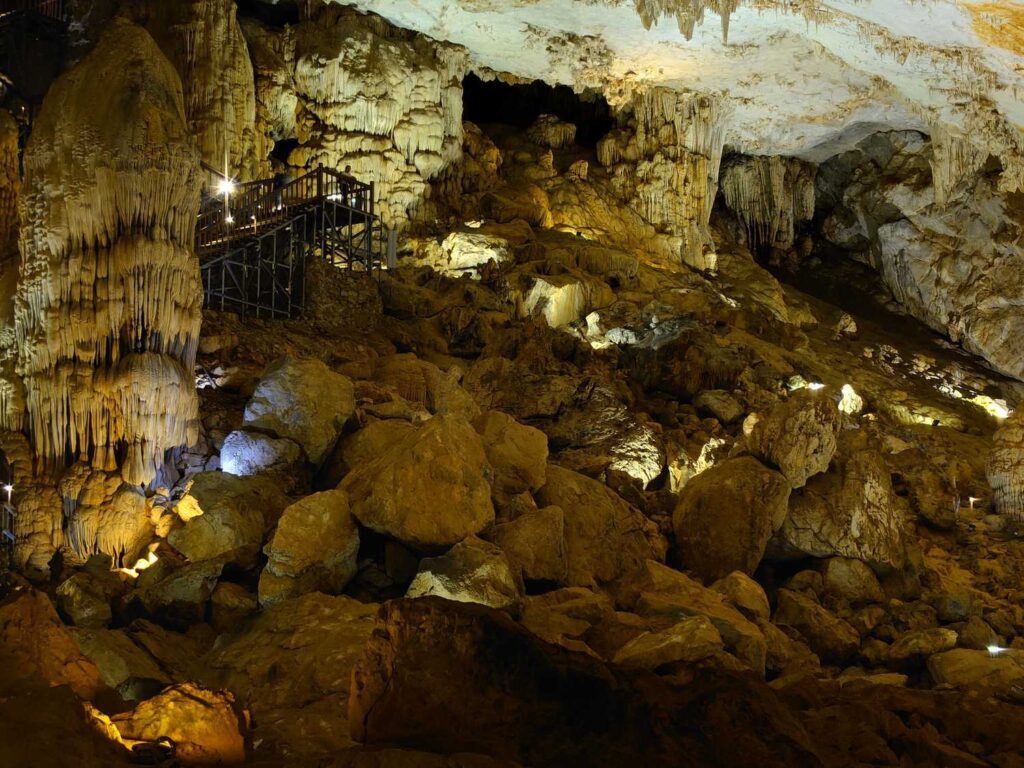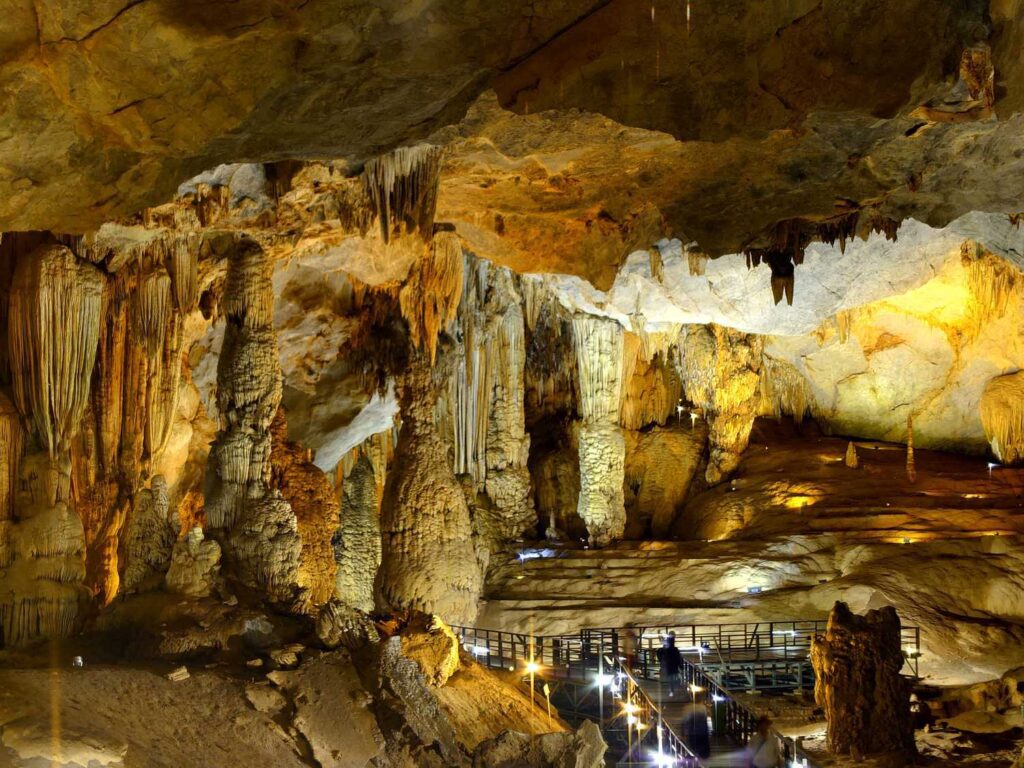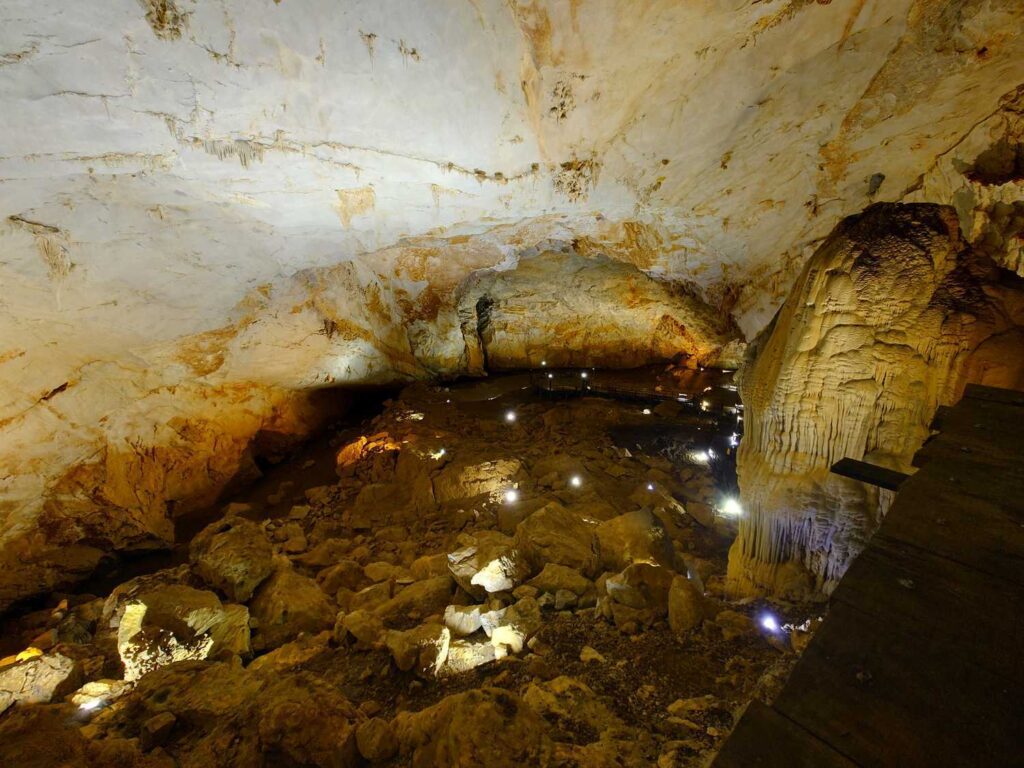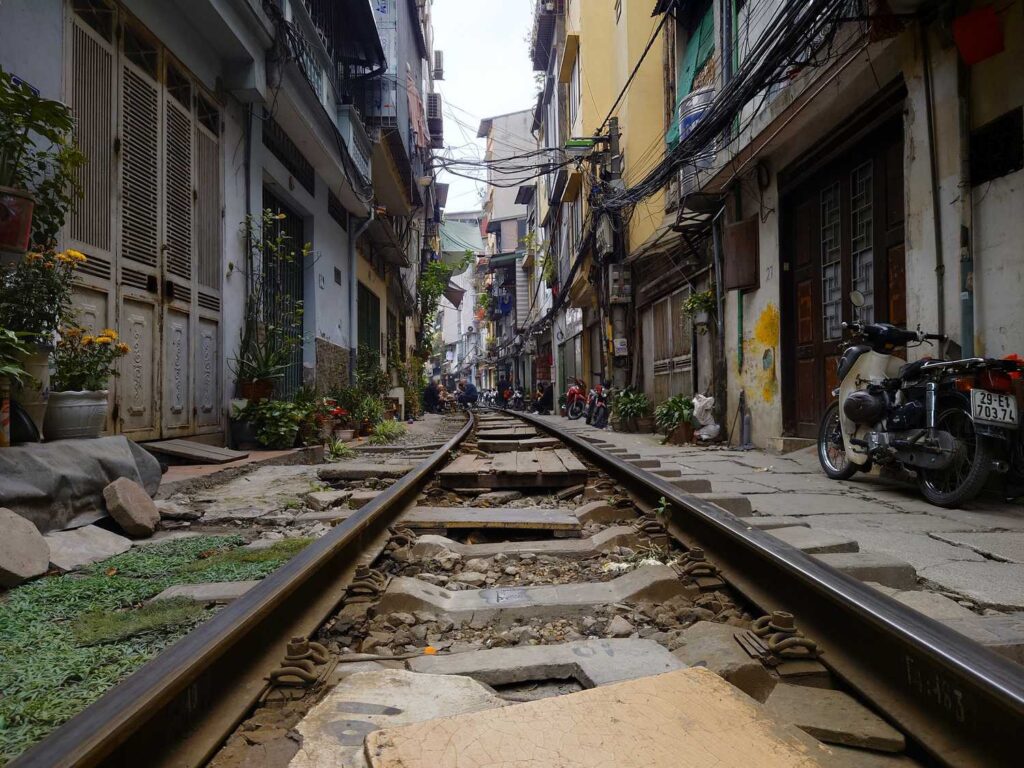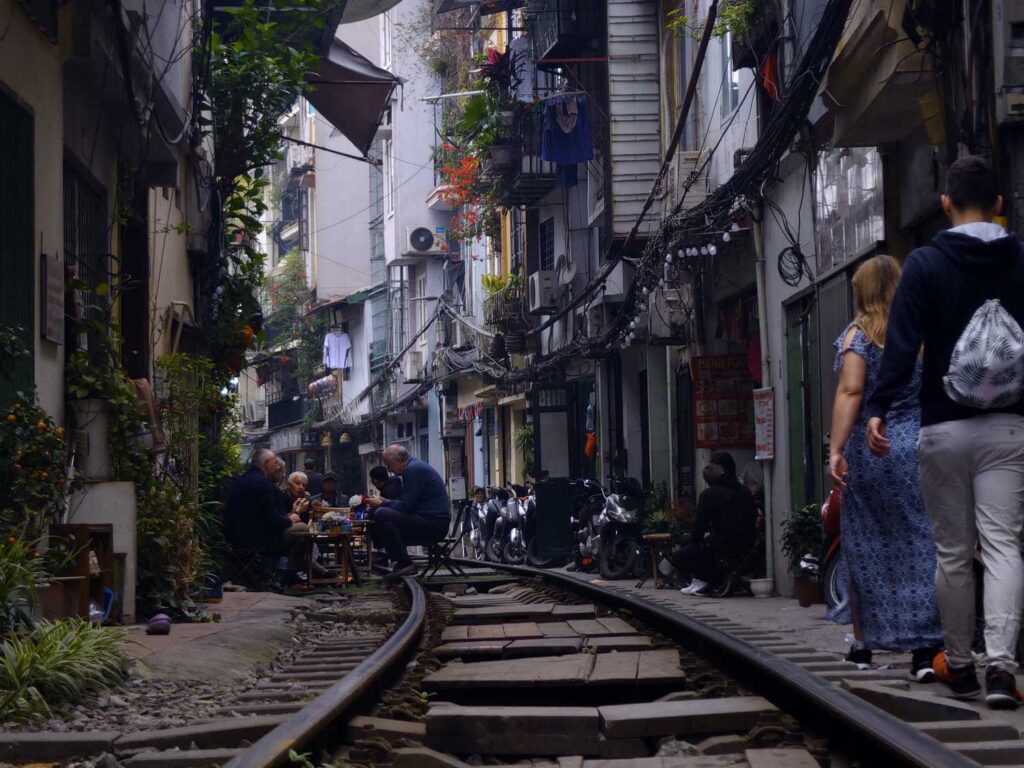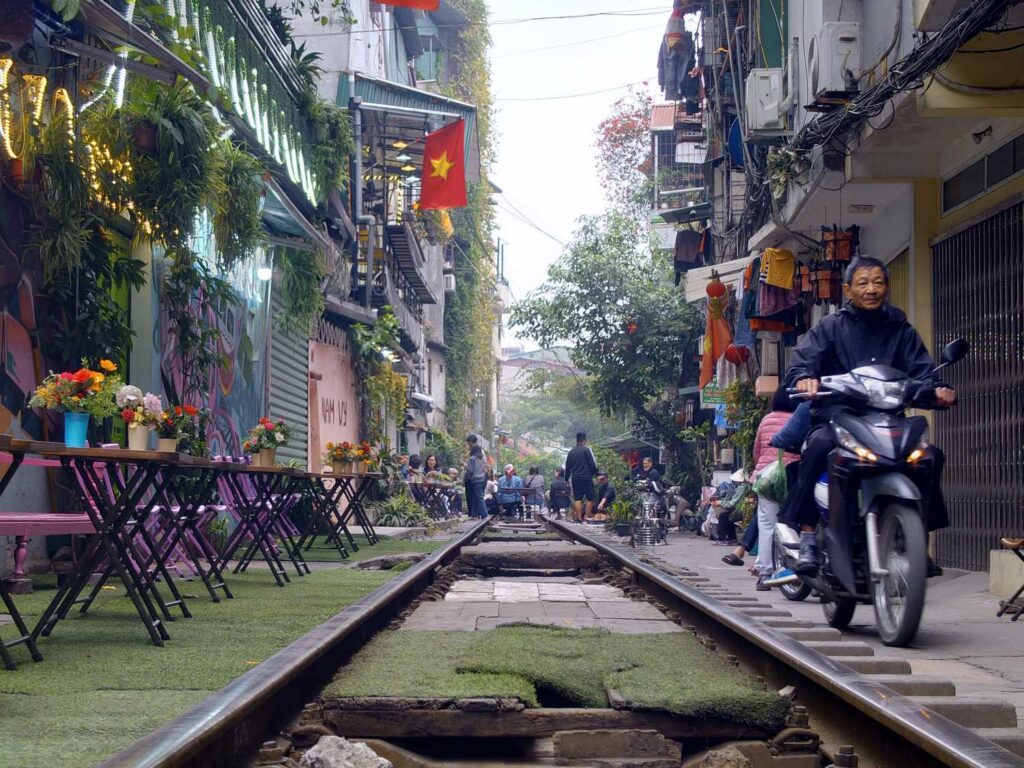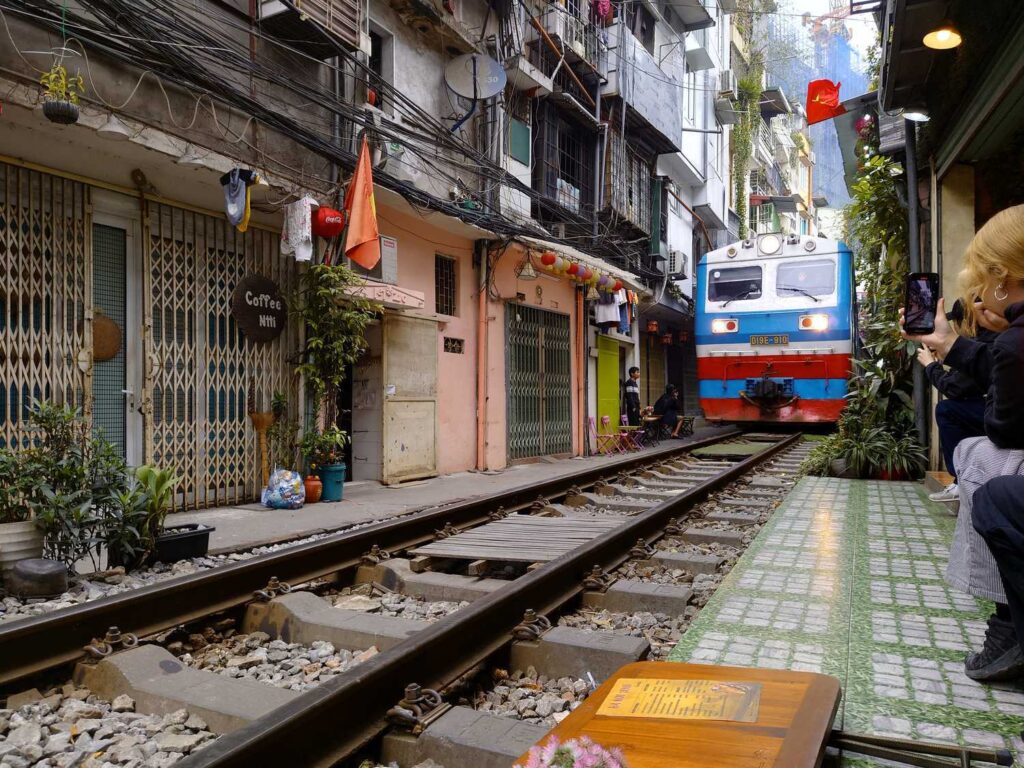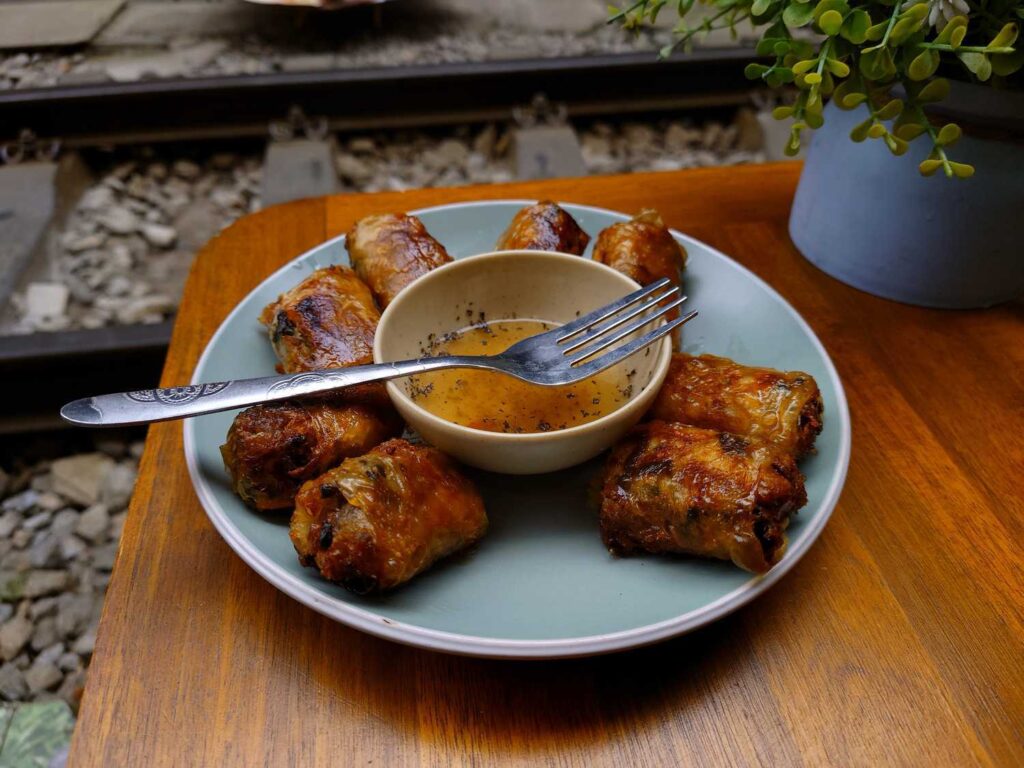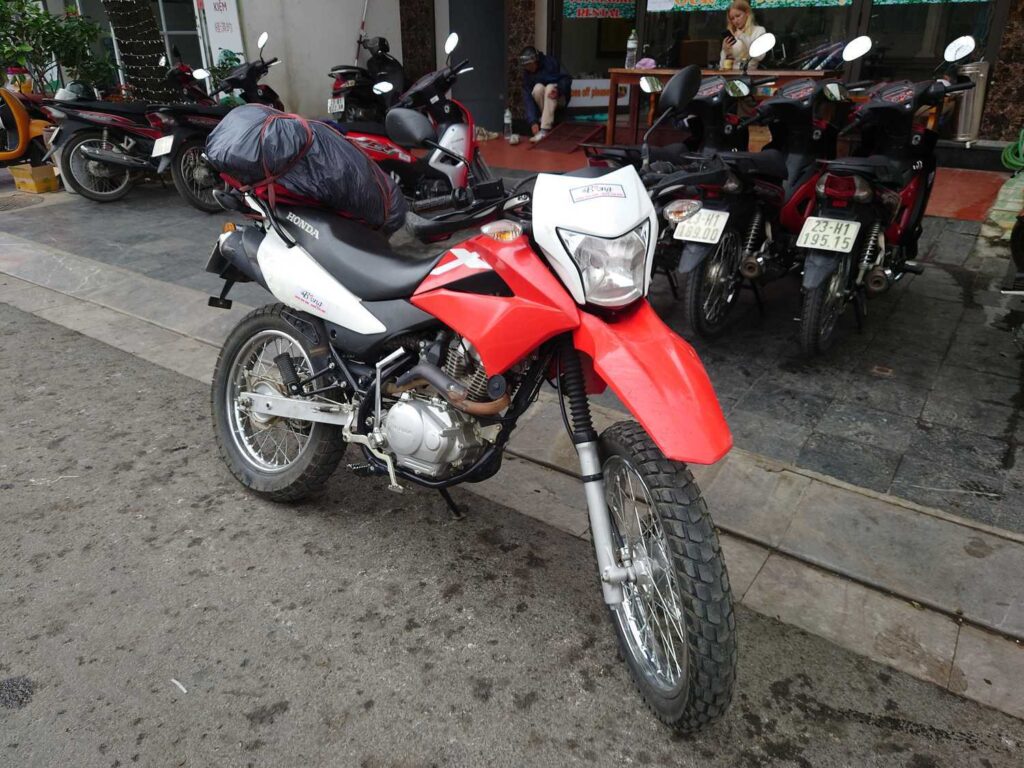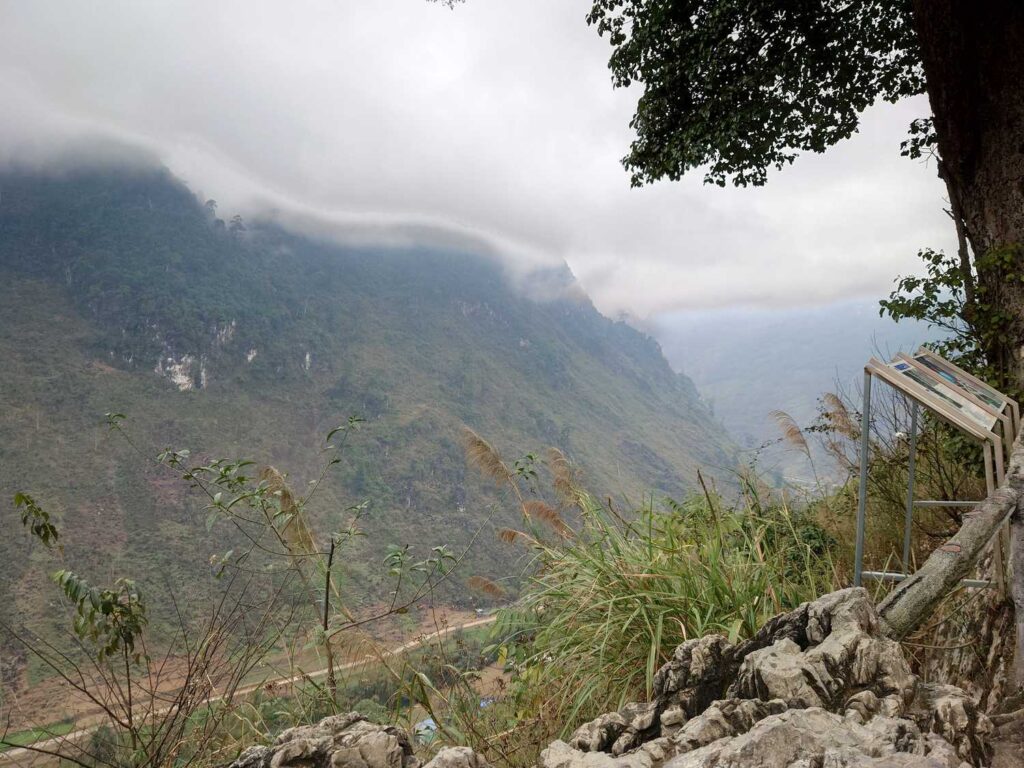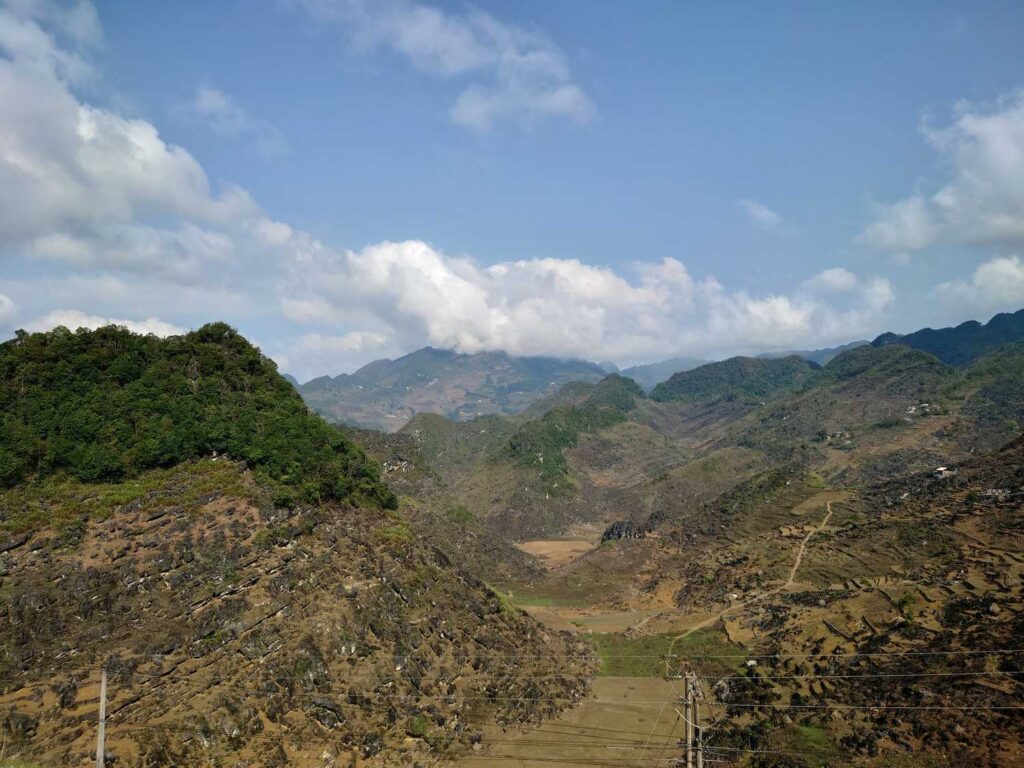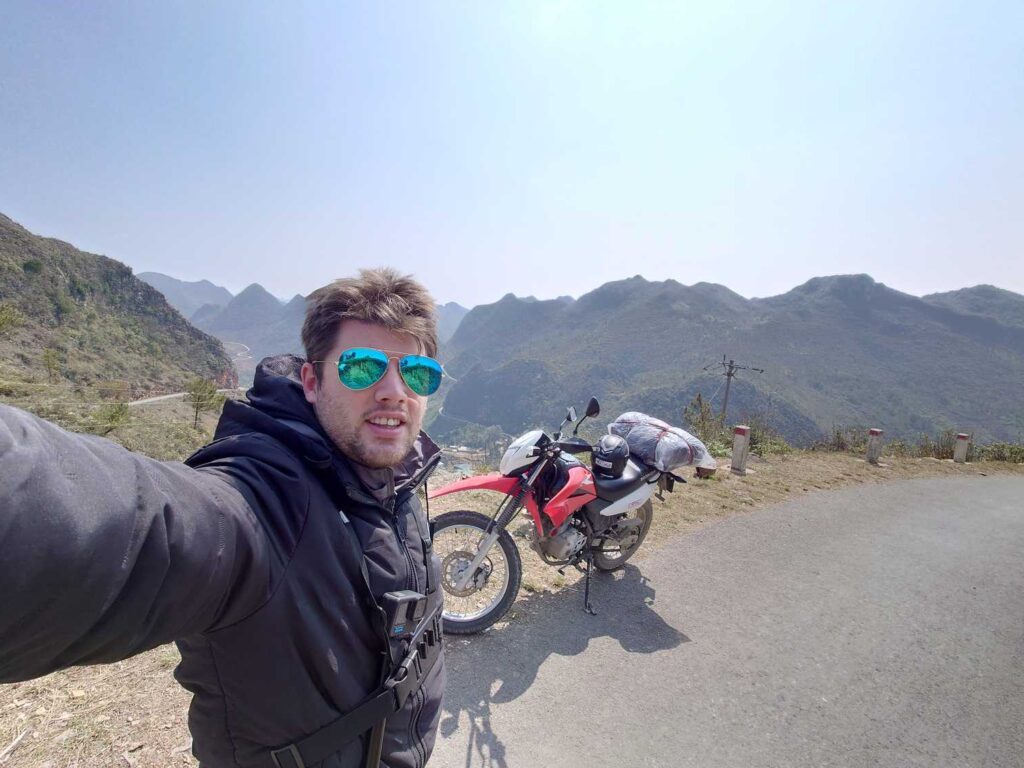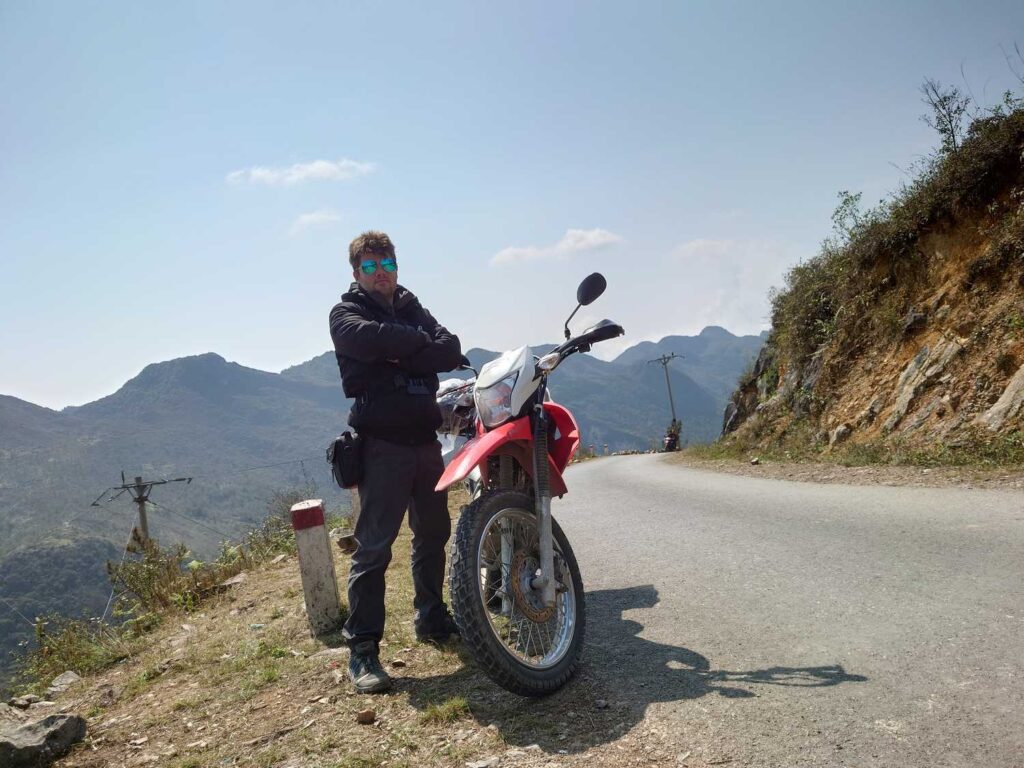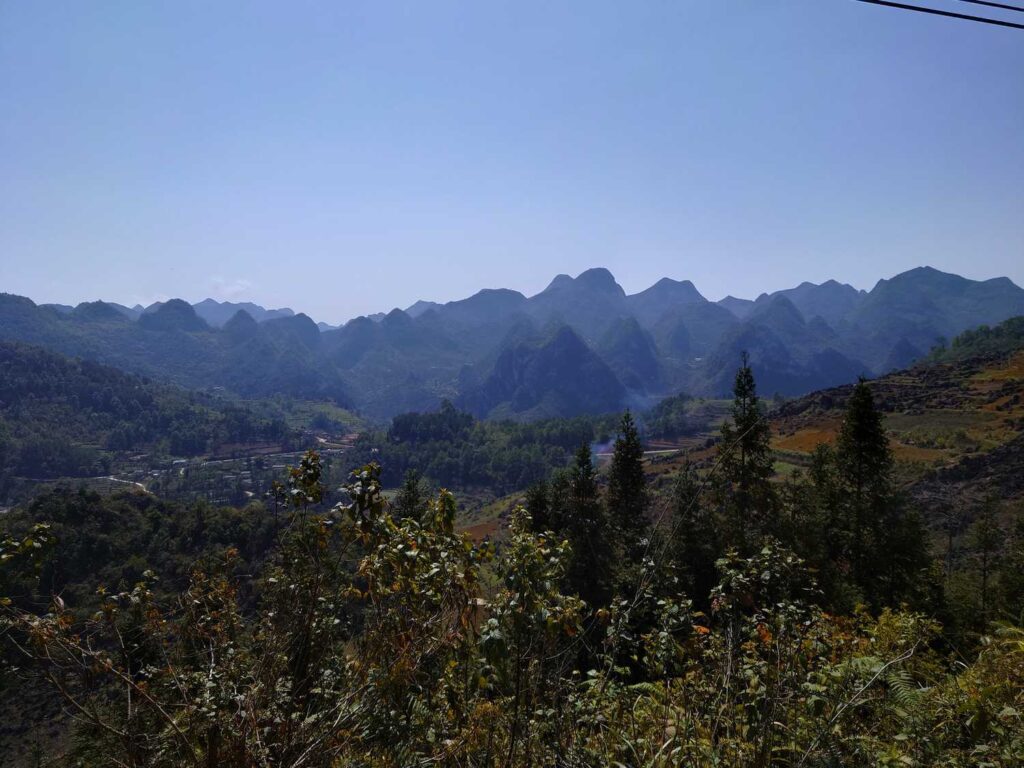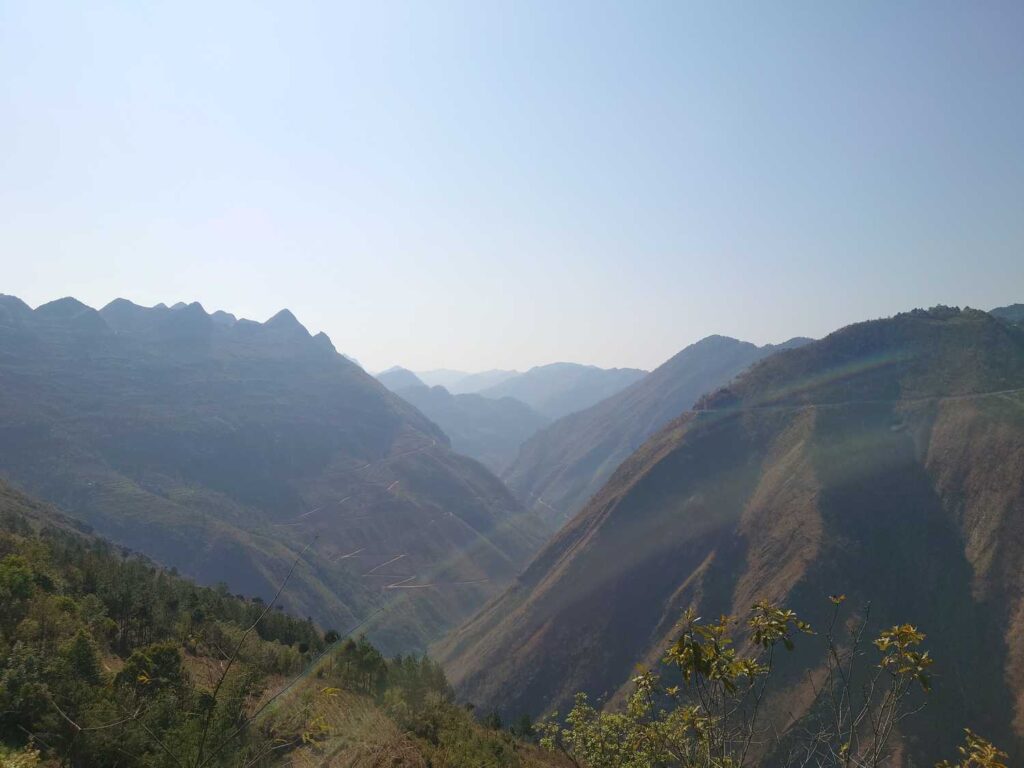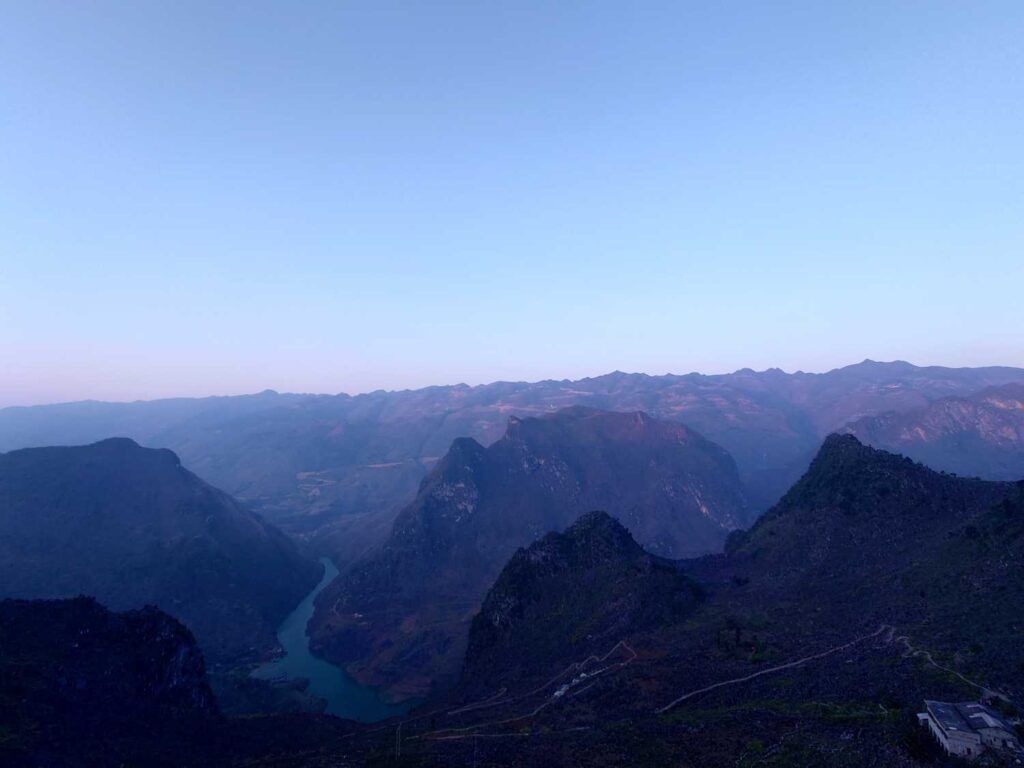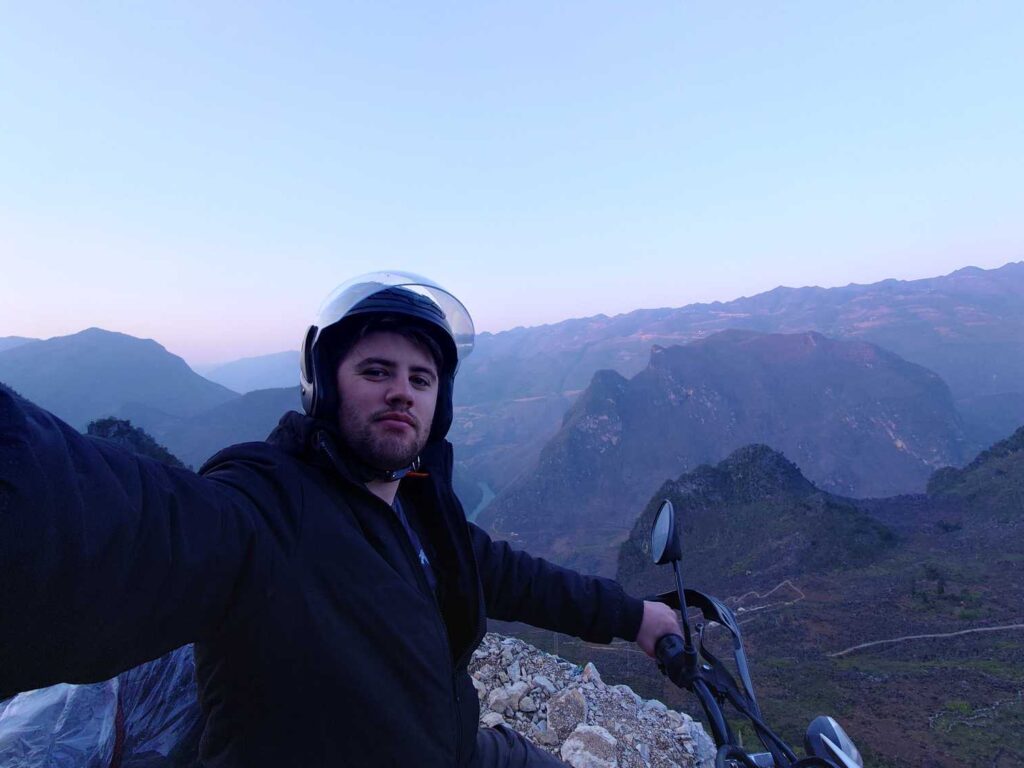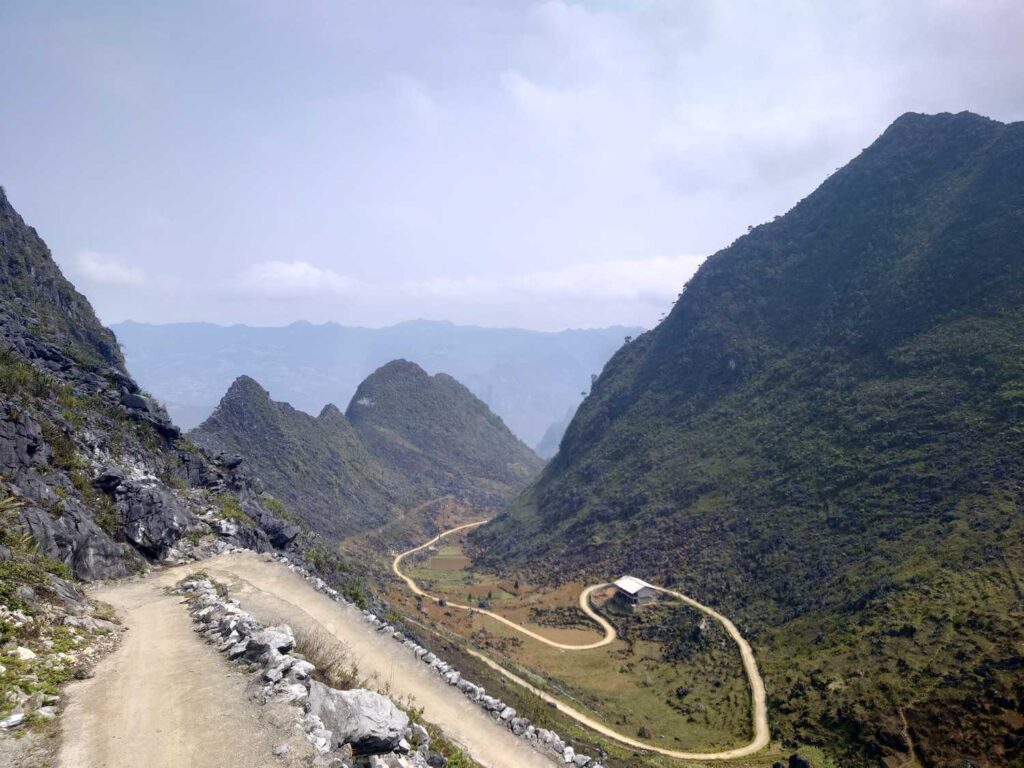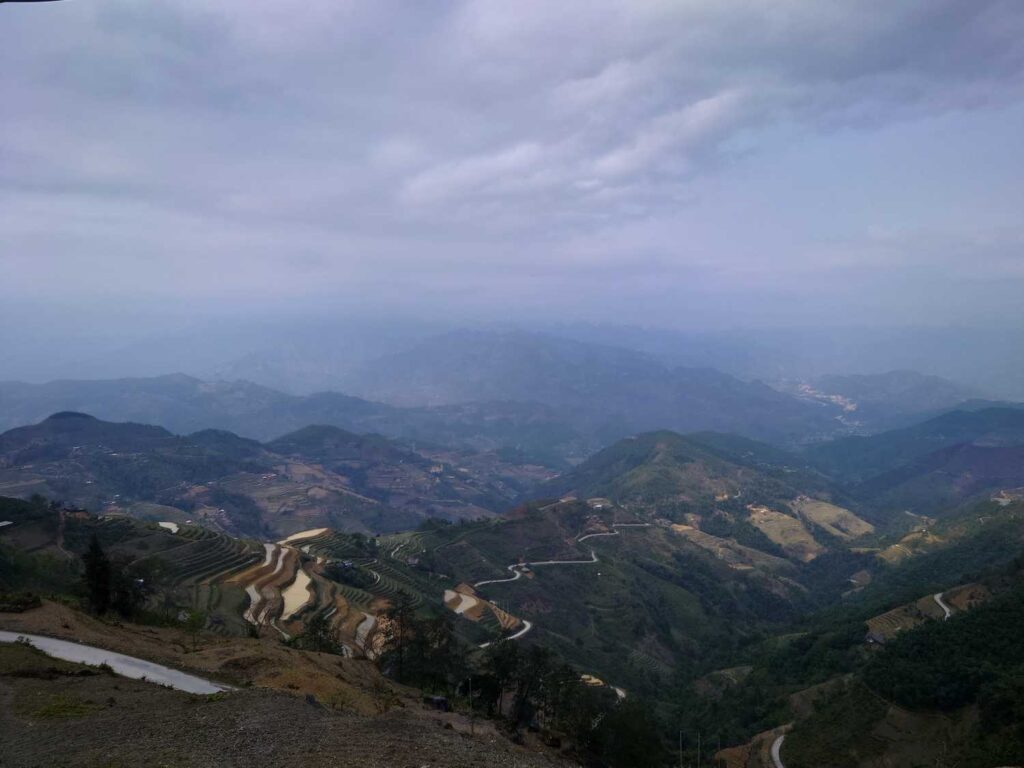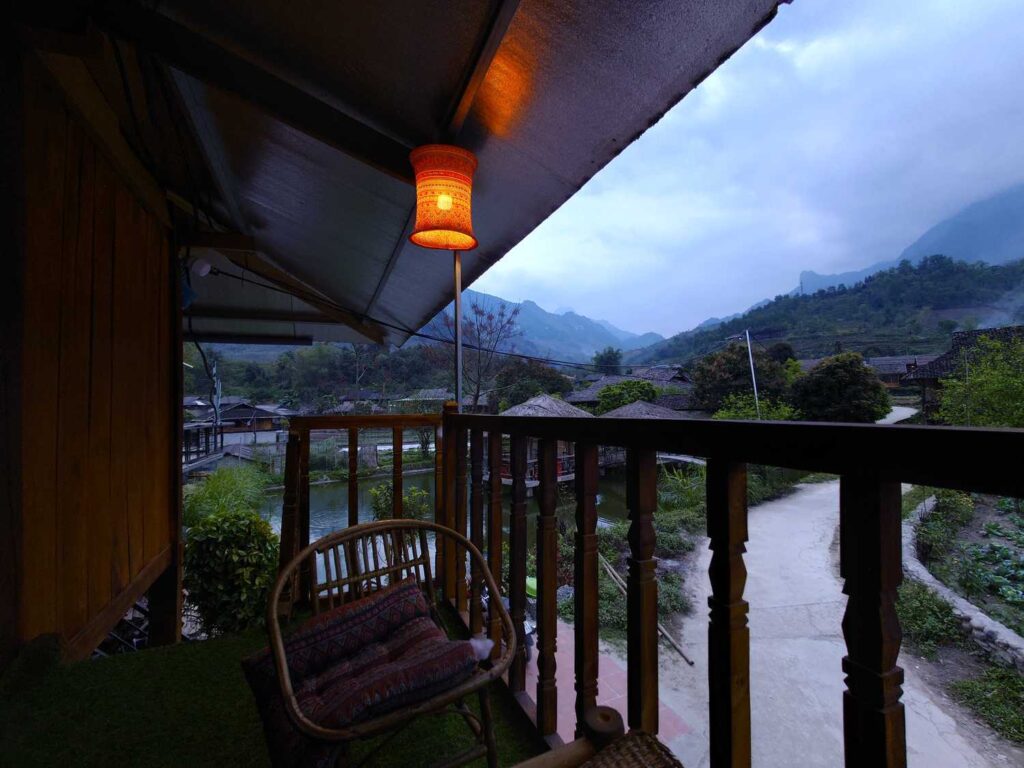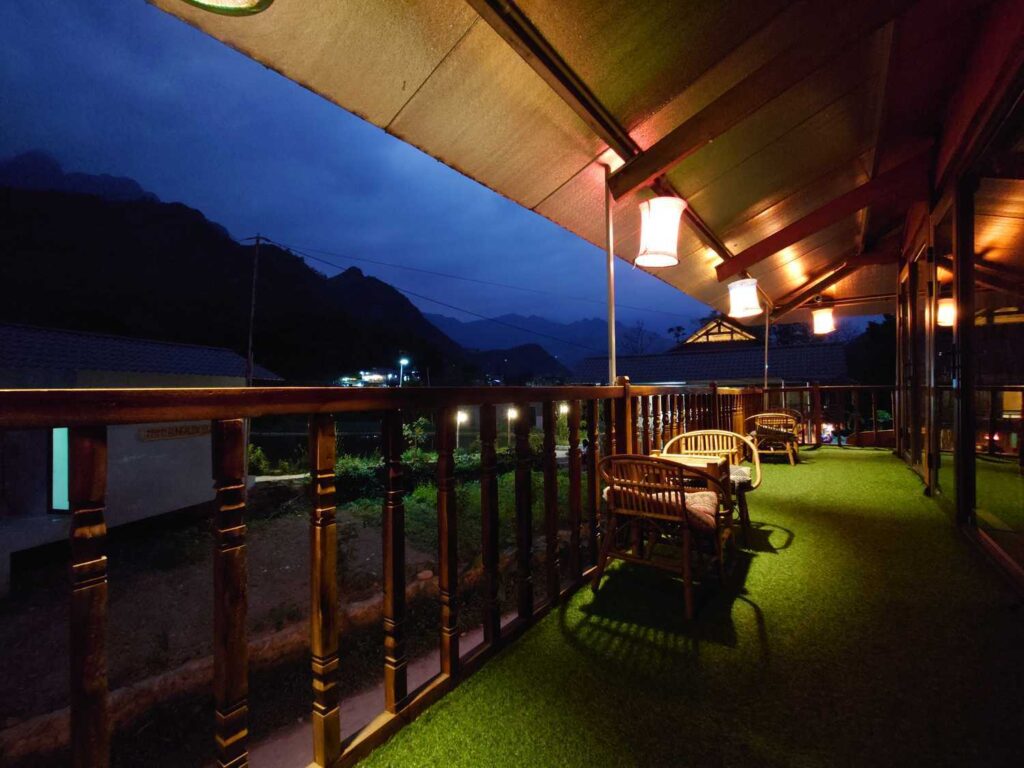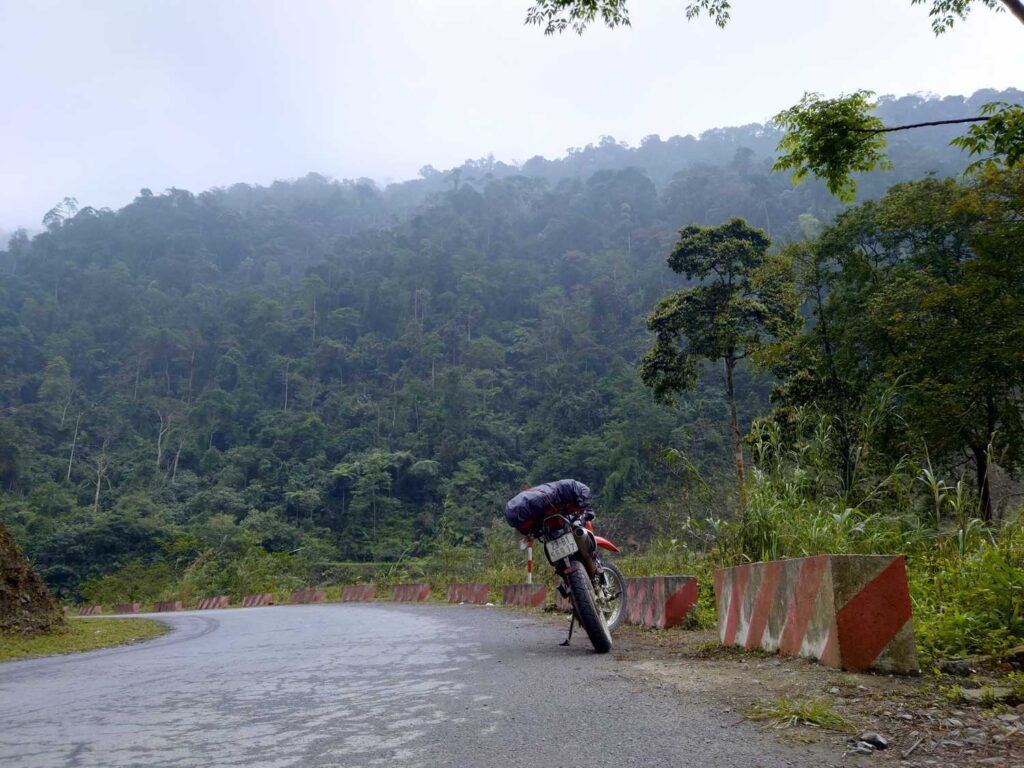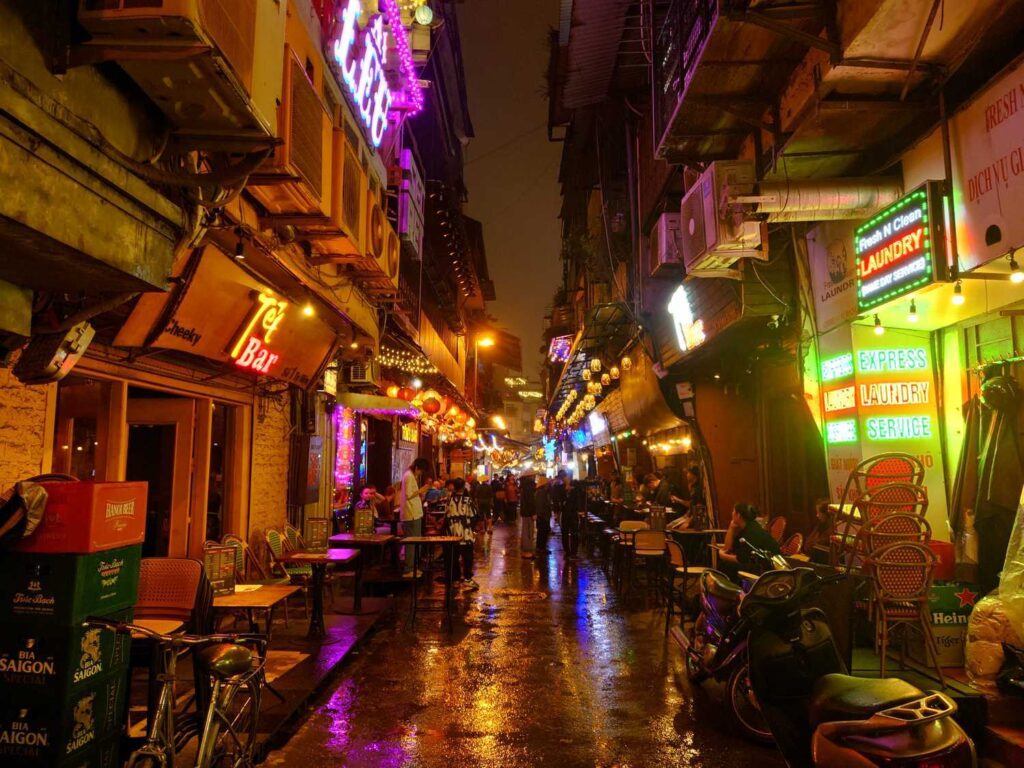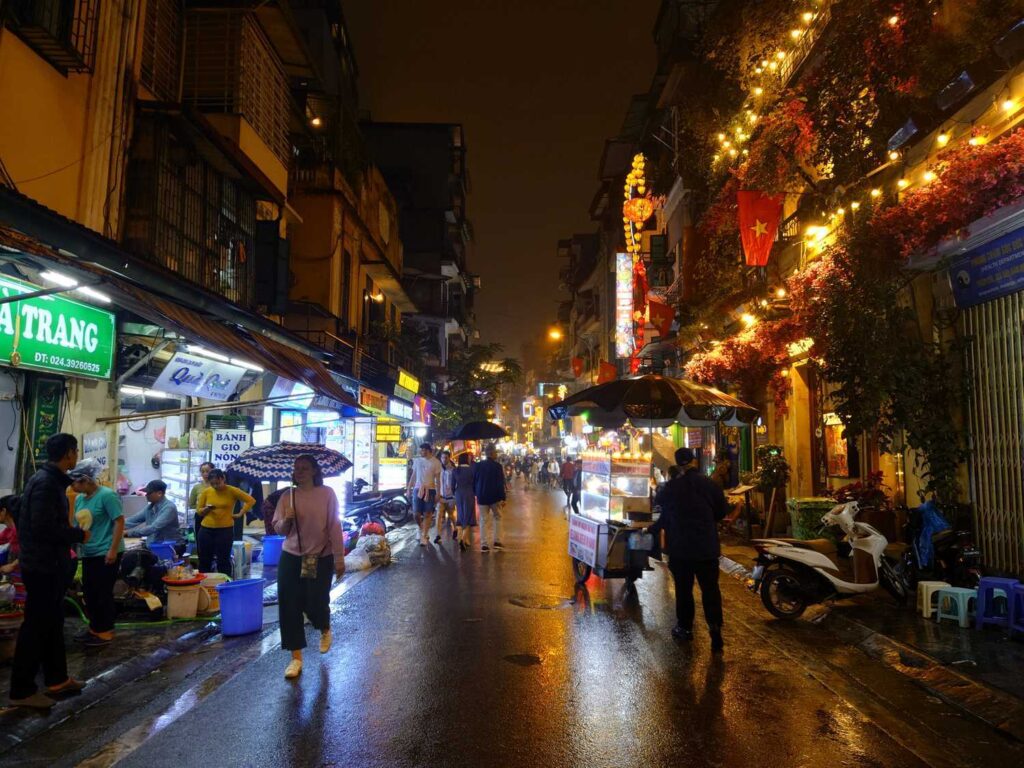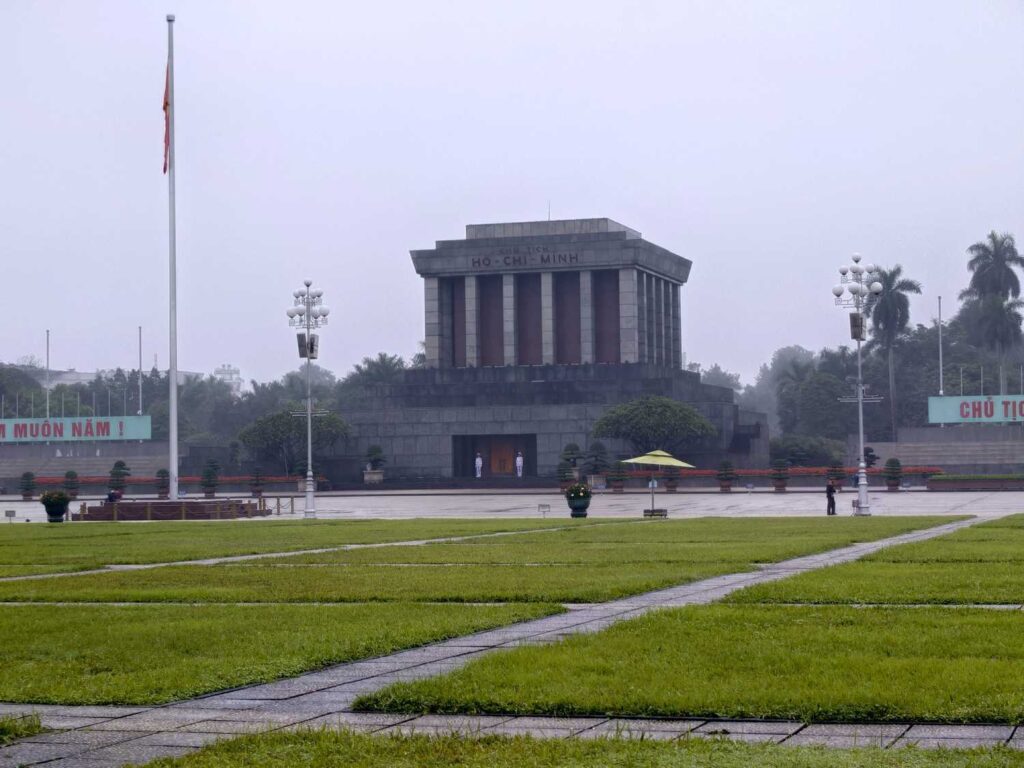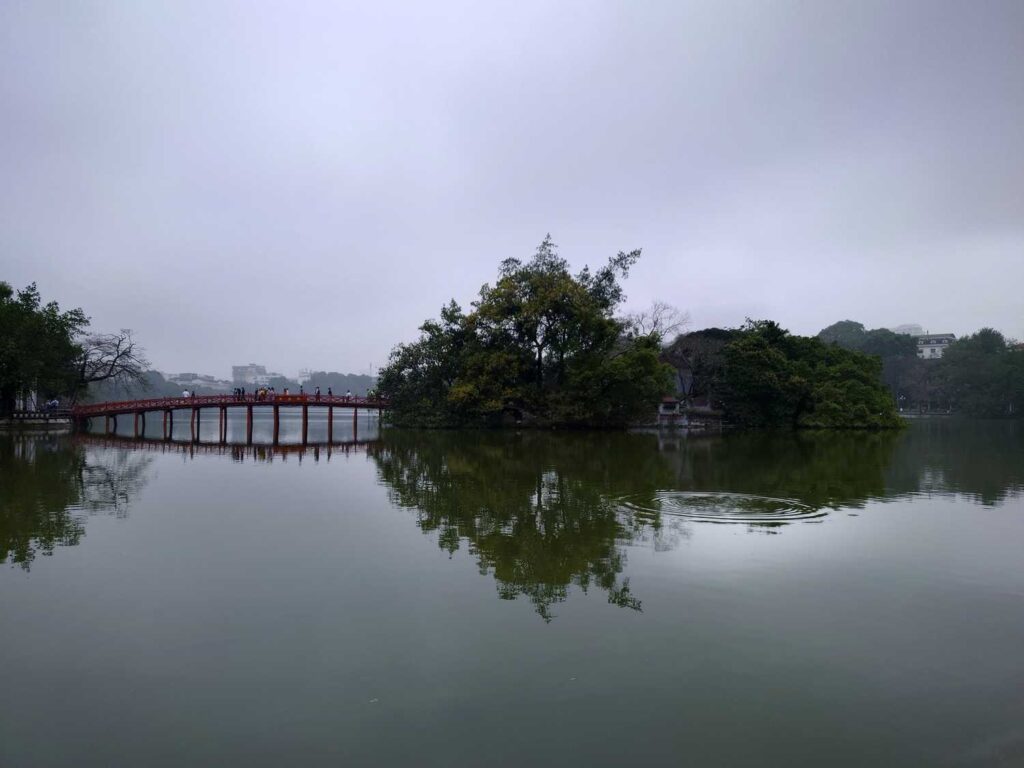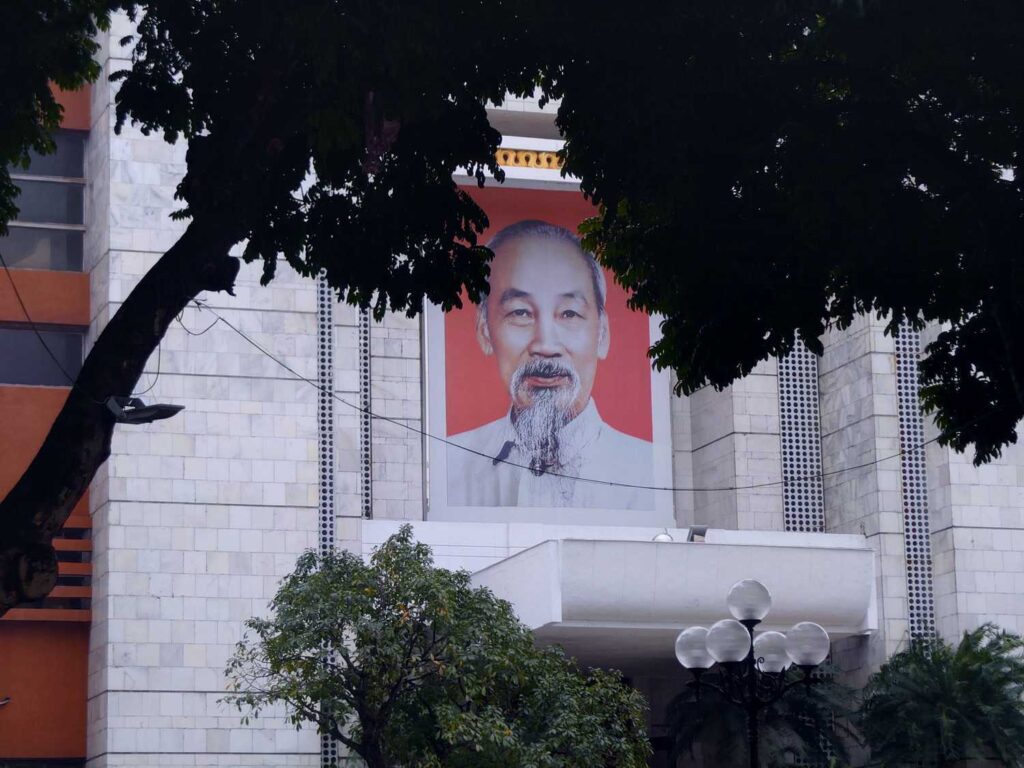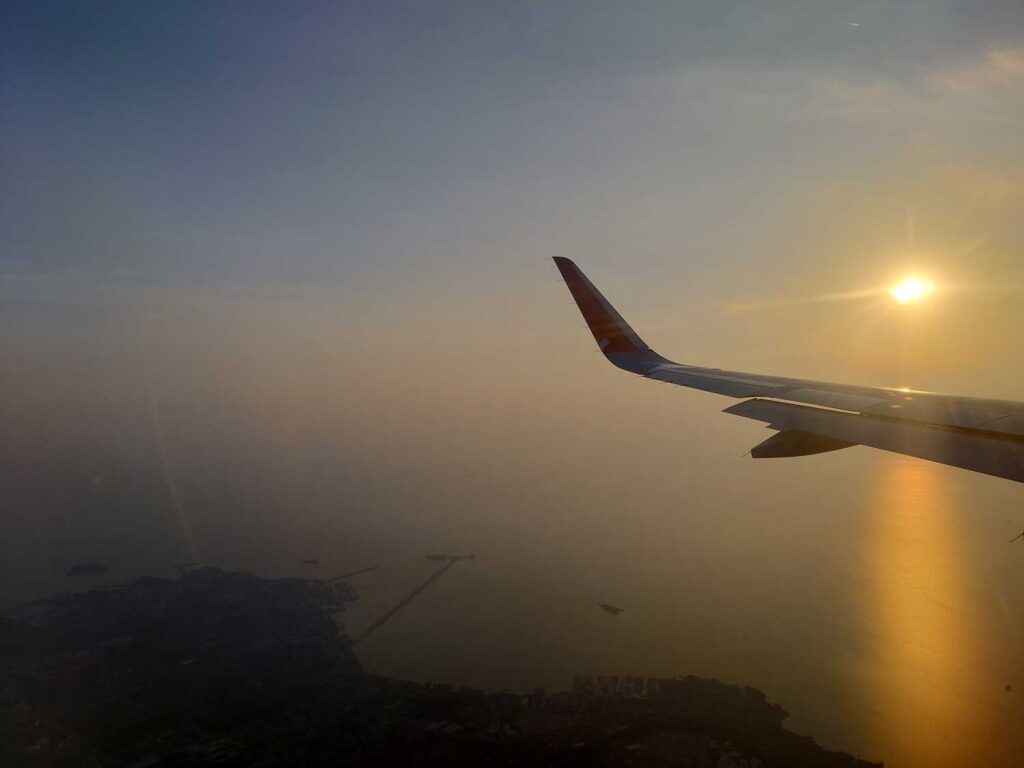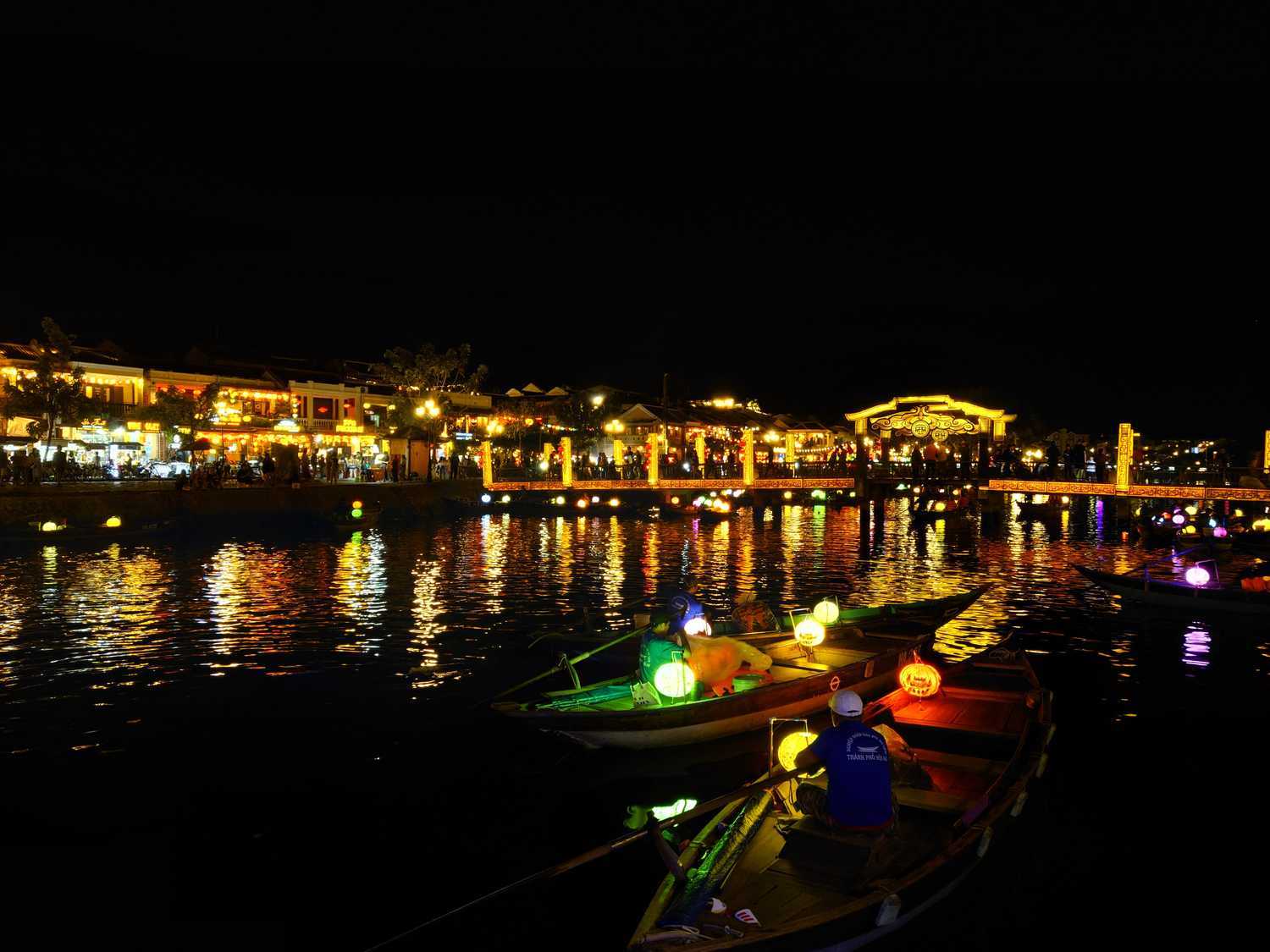
Backpacking Vietnam
Nha Trang
6 months ago I visited Go Outdoors to add an item to my ever-increasing bag and rucksack collection. Despite my sizable inventory in this department, I had a new requirement which none of my current items were going to properly satisfy.
And what was that requirement this time? Something big enough to accommodate a 3 week trip around a country 6000 miles away, but small enough to make regular travelling easy.
Don’t worry, I’m not going to tell you about the new rucksack I got. It was just a random gateway to the more interesting overall topic – my 3-week backpacking adventure around Vietnam.
It would become the longest trip I’ve done and also the furthest away I’ve been. Sure – it’s still relatively short if you’ve done multi-month trips during a gap year or something, and I’d love to do something like that one day. But this is what I have for now, and it would still become an absolute epic.
I’m starting in Ho Chi Minh City (the former South Vietnamese capital of Saigon), where I arrived late in the evening after nearly missing my connecting flight from Qatar to Malaysia. The original plan was to get a 4th flight in one day and fly straight to Nha Trang, but some changes in the flight schedules caused an overlap in the 3rd and 4th flights. So I stayed a night in Ho Chi Ming and made my way over to the coastal city the next day.
Nha Trang was a great location for some winter sun. Vietnam has a very tropical and varying weather pattern – being such a long country. As I would be gradually making my way up north, the first half of my trip would be the best opportunity to get some kind of tan.
After checking in to my first hostel (Fuse) and a brief walk around the immediate vicinity, I met up with Ryan, who was in the later half of his own 6-weeek trip around South East Asia (sorry, I’m just assuming you know all my friends at this point). He recounted his experiences so far in this part of the world and as we walked around and observed the Nha Trang night life, I soon began to pick up the key differences between here and back home in Western Europe. The first (and potentially most prominent) thing that struck me was the complete lack of law and order when it came to the roads.
This became even more apparent the next day after I picked up my first rental moped of the trip. Mopeds are the #1 way to get around in this country and its astonishing to see just how many there are buzzing around. And you can’t question the efficiency of having 2 adults, 2 kids and a dog crammed onto a single bike (and yes, I did see this – multiple times).
Getting adjusted to the rules of riding takes a bit of getting used to. Mainly because there are no rules. You want to drive on the wrong side of the road? Go for it. Traffic lights? They don’t apply to mopeds. Everything and everyone uses these roads with equal rights of way, and if you want to cross from one side of the road to the other as a pedestrian, you just go. Waiting for a gap or for a generous drive to let you pass just isn’t going to happen.
Having acquired a vehicle to get around on, I could now scope out some activities and places to see outside of the hectic city. The first place to catch my interest were the Bo Ha waterfalls which lie about an hours drive north of Nha Trang. These are a collection of – you guessed it – waterfalls… running through the dense forests where you can swim and jump from the cliffs. The main area is split into 3 “levels” where a waterfall can be found, with each level being slightly more difficult to reach on foot – although ultimately I would say it wasn’t anything too challenging (just don’t wear flip flops like Ryan did).
At each waterfall you’ll find water pools to swim in, and even swings and ropes to play with. This was my first taste of the Vietnamese waters and it was a heavenly experience compared to the ice-cold offerings of the UK. It wasn’t crowded with tourists at any stage, and the further you climbed up the hills, the quieter it became. By the time we got the 3rd waterfall, we had the whole area to ourselves.
The second waterfall had the swings and ropes, so we spent most of the time there. Extended somewhat after my GoPro fell from the strap after jumping in. I had to spend around 30 minutes diving into the 4m deep, opaque green water to try and find it – which very fortunately I did. Much of the trip would have been unrecorded without it.
We ended the day with a visit to Akira Sushi on the beachfront. I’m no sushi connoisseur, but this was the best sushi I’ve had to date – and we had an absolute feast for the both of us which totalled around £20 each. For the quantity of quality food we had, it was an absolute bargain and one of my favourite meals of the trip.
Wednesday saw a trip to Khu du lịch Bãi Dài beach, which was where Ryan had been surfing for most days. For such an idyllic spot, it was extremely quiet all along the golden sands. Bars and restaurants are scattered down the coastline which was nice to have after taking a dip in the rough and warm waters here. Ideal for surfing, but swimmers should be wary of strong currents.
For the afternoon I took a deeper walk into the inner city, exploring local markets and getting a sense for the everyday life of the Vietnamese people. I saw similarities with Istanbul in a way – a lot packed into very little physical space, and a growing feeling wherever I went of the “organised chaos” that I was beginning to associate with the urban areas.
Despite the current warm climate and sunny weather, I was anticipating the gradual movement towards the north and the potential for a much more wet experience. So I resurrected my terrible bargaining skills and bought a raincoat, which would definitely be needed eventually.
I had a good solo outing planned for Thursday. The Hon Ba Nature Reserve is located about 20 miles to the south-west of Nha Trang, which was a nice leisurely hour’s drive on the moped into the hills. Once you leave the bustling city and enter the rural areas, things become infinitely more tranquil. Fellow motorists become far and few, and small shacks become the only evidence of civilisation as you head further in.
I had no set destination. So I pulled up to the first nice-looking spot I found, with a river that cut through the forests running down the valley. It wasn’t big enough for properly swimming in, but it was certainly enough for a cool dip to offset basking in the hot sun. To my surprise, a local villager came riding across the wooden-planked bridge and disappeared into the jungle – so naturally I decided to follow him and see where he went…
…which I didn’t find out. The track eventually just merged into the jungle floor – and with the exception of a small wooden shack – there wasn’t any sign of life. I’d soon learn that these people really do have the ability to take a moped anywhere where it will fit.
I returned to the moped, negotiated a small parking fee to a local man, and continued on. I’d discussed with Ryan earlier on about the different parking etiquettes in South-East Asia. Apparently in Thailand, parking is a free-for-all and you can pull up wherever you like. In Vietnam it’s apparently not so informal, and you should ask permission to park if possible. I say apparently because my own experience overall was pretty relaxed, and I was never told to move or not park somewhere at any point.
I continued climbing the hills, abruptly stopped by an old checkpoint of some kind with a gate across the road. I’m not entirely sure what the purpose of these checkpoints are – or were – but I did see them occasionally in the rural areas. This one (the gate and the little “office”) were completely abandoned but still in place – so unfortunately I couldn’t proceed with the moped. My best guess is it’s used to restrict traffic entering certain areas of the nature reserve, which would make sense I suppose.
I explored a few more areas off the roads, wondering what sort of adventure one could have out here with a wild camping setup (maybe I’ll find out one day), before stopping for a drink and heading back to the city.
Rounding off the day was Vinpearl Island, which lies just off the coast of Nha Trang and can be accessed via the Vinpearl cable car (one of the longest over-sea cable cars in the world apparently). The island has numerous bays and beaches but is probably better known for the VinWonders theme park and resort. It’s an immediate contrast in aesthetic once you step off, and feels like something designed out of Disneyland. Colourful shops and restaurants line the large tiled streets – you could certainly make a day of it should you wish. I’d have liked to have taken a further look around the whole island but transportation options were limited.
With a bit of additional turbulence, I took the cable car back to the mainland and began packing for the next day’s departure. We took a day trip to Thab Ba mud baths – another local speciality of Nha Trang. Not something I have done before but definitely interesting (and good value!). We hired a private tub for 2 people and soaked in the muddy mineral water for around 15 minutes.
It sounds rather odd as I write this…. but that’s what it is!
After the muddy part, you are guided into various additional hydrotherapy features: Jet blasts, mineral jacuzzies and things. I don’t know a single thing about spa treatments so I’m not going to tell you I came out feeling spiritually enlightened or something like that – but it was interesting and well worth a visit. Once you’ve completed the spa part, you can relax in the various swimming pools and artificial waterfalls dotted around the area – which itself was quite therapeutic as the heavy water pounds against your body (not quite as painfully as the jet blasters were).
For the final meal in Nha Trang (for me at least), we treated ourselves to one of the many fish restaurants and – monstrously but imperatively – selected some lobsters for death. Not so much a common practice here in the UK but I don’t disapprove. If you’re going to kill and eat something, you should have the guts to look it in the eye and apologise for your choices.
That lobster probably enjoyed being the biggest fella around until I got my eyes on it.
Anyway, it died for a good cause and was gracefully smothered in cheese as a farewell gesture. I don’t usually mix fish and cheese, but this turned out pretty damn tasty and was a culinary highlight.
I said farewell to Ryan (who would at some stage in the next few days be flying over me as he headed to Hanoi) before catching a midnight sleeper train and heading north to Hoi An.
Hoi An
Following the reasonable experience of the Hungarian sleeper train last year, I was expecting a good night’s sleep. We weren’t scheduled to arrive in Da Nang until around 10am the next day, so I wouldn’t even need to wake up early.
The reality wasn’t so much welcomed. The beds were horrifically uncomfortable, the noise of the enormous wagons bellowed from underneath, and you shared the small space with up to 5 more people in 2 triple bunks. There were numerous stops throughout the night, and each time the train staff would throw open the cabin doors and make sure you knew it. It’s like phone alarms don’t work for people out here.
And then there’s the one guy who insists on playing his displeasing music out loud all morning.
Anyway, after an 11 hour or so trip, the train creaked into the city of Da Nang and I picked up another moped and rode to Hoi An, which is about an hour’s drive away. The city is surrounded by rice fields which you drive through in a maze-like structure (good fun!). A good chuck of the city is comprised of the Old Town, which is where I’d be staying. The Hoi An Love.Ly Hostel is small and very welcoming, and the owner was excellent with advising the best places to go and avoid in the city, as well as attractions further out.
I headed for the Old Town centre straight away, and I don’t think I’ve ever fallen in love with a place so quickly. The charm and uniqueness blends Vietnamese culture with the pretty aesthetic of a small European village. The compact, small buildings are all nicely decorated and hanging over the streets are endless rows of Chinese lanterns, and at night time this place really comes to life!
What added to this place even more however (for my preferences at least) were the shops. Never have I come across such a dense cluster of quality leather and hand-made clothing items and accessories; bags, wallets, shoes, jackets – you name it. The town is perhaps best known (to your typical Western traveller) as being the spot to get a tailor-made suit on the cheap (not because it’s bad quality, but just because everything in Vietnam is cheap compared to most other places in the world). Every other shop would specialise in these specialities and hand-crafted goods, and as someone who appreciates the “human touch” when it comes to manufacturing things, it was really was a delight to behold.
The regrettable contrast to this delight however, was that I was backpacking and thus had no room to fill up with such lovely merchandise. I have made it clear to myself that should I ever return to Hoi An (and I’m sure I will) I will be going with 2 empty suitcases and not returning until they are filled to the brim.
I did manage to fit in a new leather belt and a pair of silk pillow cases – wondering what sacrifices would have to be made come the flight home – but for the most part I had to refrain from any significant purchases.
Exploration continued into the night, where Hoi An’s lantern festival illuminates the Old Town like a Christmas tree with thousands of little balls of light bobbing down the river. It’s supposed to be a monthly event, but the hostel owner told me it’s just a part of daily life in Hoi An – so maybe they’ve just come to make it a continuous thing during the busy seasons. The official times are around the middle of each month, which wasn’t the case when I arrived.
The atmosphere was incredible, and I enjoyed my first pho of the trip in one of the many food venues, which ended up being my favourite meal during the 3 weeks. There’s no shortage of street food and bars along both sides of the Thu Bồn River, and the shops are open late into the night. I hit the (literal) sweet spot with some cheesecake gelato – just to top it off.
With the fascinating old town taken in, the next day I headed out of the city to visit some more temples. The Mỹ Sơn complex is one of the foremost Shaiva Hindu temple sites in South East Asia, with structures over a thousand years old. Although much of it is now in ruin, decayed with age or even partially destroyed as a result of bombing during the Vietnam war, it is still very much a wonder to behold. The intricate carvings on the stone walls were particularly impressive, with details still very much discernible hundreds of years on.
The temples are bunched together in little groups, some being not much more than remnants, and others being very intact. One temple left is considered “complete”, and although no individual structures are particularly large, it’s a fascinating insight into the religious and royal cultures of the inhabitants centuries ago. I’d very much love to go and visit the more grand religious sites such as Angkor Wat in Cambodia.
Next on the list for the day was Marble Mountains, kindly recommended to me by the hostel owner. It’s a collection of small caves and caverns located in the hills inbetween Da Nang and Hoi An, with Buddhist sanctuaries and sculptures nestled within them. Obviously anything with the word cave gets instant interest from me (you have seen the Urban Exploration page, right?) so I didn’t need much convincing to visit. I arrived and was kindly guided to the entrance stairways by a local market stall owner before beginning the climb.
Once near the top (and you can climb to the very top for a nice view over the region), you are free to go and explore all the various caverns dotted around. Many large Buddhist sculptures are carved into the rock in a very impressive feat of craftsmanship with numerous shrines integrated alongside them. I’m not well-versed in my Buddhist rituals but I gave the odd bow here and there to make some sort of effort in cultural adaptations.
Back in the Old Town, I made the most of the evening festivities and enjoyed the last night before heading back to the train station the next morning. Hoi An was only intended as a “quick stop” before I headed to the caving regions in the middle of the country, so I only had 2 nights altogether. But it will be the first destination on my list if I ever return to Vietnam.
Phong Nha
The next phase of the trip was the only part that had been pre-planned and booked in. After a 5 hour train ride I arrived in Dong Hoi in the upper-central regions of the country. I picked up a little yellow moped and made my way to Phong Nha – the home town of Vietnam’s grand caving scene.
The next 3 days would be an adventure of a lifetime; trekking through the jungle, swimming through underground rivers, and exploring vast caverns. I’ve actually done a separate blog for this part of the trip as it really was worth its own part.
In summary though – caving trips in the region are organised through Oxalis Adventure, who have exclusive tour-guided access to some of the largest caves in the world. Trips vary from simple day trips to full on week-long camping trips. I opted for something in the middle ground – the Tu Lan Cave Encounter – which included 4 different caves, a meal hosted by local villagers, and an ATV (Quad-bike) trip through the forests.
Aside from the caving and camping, our group were treated to a home-cooked meal by the local villagers who live near the caves (many of whom have also found jobs through Oxalis, working as guides, porters and chefs). We were shown how flooding in the region can badly affect the villagers – who as a result – have built “floating houses”. These shacks are built on empty barrels, with retractable stilts keeping them in place. When the waters come, the houses simply float with the water level! I stayed in such a house on the last night of the tour, and it was probably the best accommodation of the whole trip!
It was my favourite part of the 3 weeks I had out here, and if you lean towards the more “extreme” type as an adventurous person, then I’d encourage you to read through the dedicated blog and check out the Oxalis website if you ever are heading to Vietnam.
Fast forward to Friday morning after I’d returned from the caving trip the previous day.
I had one free day to explore the rest of the Phong Nha-Ke Bang region so took a trip to Paradise Cave which was nearby. Only fully explored as recently as 2010, this geological wonder measures 31km in length, with roughly 1km open to public access. Once you descend the wooden steps through a small opening in the cliffs, you immediately enter a vast underground void that’s illuminated from all ends – quite a sight indeed.
A wooden walkway takes you through the cave – definitely the easiest cave walking I’ve ever done! Gigantic stalactites and stalagmites rise from the ground and drop from the ceiling; arguably the most impressive formations I’ve seen to date.
With an opportunity provided by the ample lighting throughout, I spent a good while taking photos throughout the cave. The public section is plentiful and is really worth a visit if you’re in the area.
Arriving back in Dong Hoi, I boarded another night train and made way for the capital of Hanoi. I opted for a 1st class cabin after the previous unsatisfactory experience, which was better – but not exactly luxury. The beds were softer and had duvets rather than just blankets, and were limited to 4 beds per cabin rather than 6.
Ha Gian Loop
Arriving in Hanoi the following morning took me through its famous train street, which I tried to see from the inside (of the train) perspective – but obviously I wasn’t aware at just how narrowly they were fitting these great big trains into a narrow street (there was no room to look out of the window).
So I decided to take the normal view instead, and had some amazing pork spring rolls at one of the the numerous train street cafes whilst waiting for the next train – which come through a couple of times a day.
When the gigantic diesel cuboid does come rolling through, it’s all hands on deck for the residents as they quickly pack away their tables and chairs to prevent them being swiftly crushed or taken out. All customers in the cafes are told to get back against the sides of the buildings, and you’d better hope it’s not too overcrowded. The space between where I was sitting and the train as it passed by was no more than 50cm at best! I didn’t need much more reassurance at this stage that Vietnamese health and safety protocols were effectively non-existent.
I had a few hours to explore the inner parts of Hanoi before catching a bus for another long drive further north. I’d be spending a few more days here (Hanoi) at the end of the trip, but for now I had the next main adventure ahead of me. If you’ve done any type of research into travelling to Vietnam, then there’s a good chance you’ve come across the Ha Giang Loop – a motorbike tour right in in the northernmost part of the country.
Solo motorbike tour through the mountains? I didn’t even need to contemplate this when I first heard of it, so the last week of the trip would be planned around this part. I arrived in the city of Ha Giang after a 6 hour bus journey, and the hostel I way staying at had all the bike rentals available within which was useful. I chose my bike the next morning – opting for a Honda off-road style for a slightly nostalgic touch (I used to ride motocross bikes as a teenager). The bigger 150cc engine seemed better-suited for the steep hills of the region. It was the most expensive option, but worth it for me.
I had a delayed start after realising I’d left my tablet on the bus the previous night, so I had to go and track down the bus operator and try and translate my problem to them. Fortunately they found it and I picked it up when I returned to Ha Giang a few days later.
The loop is typically done over 3 or 4 days, with longer and shorter routes available. Although doing it solo it perfectly possible, it’s very common to see organised groups riding around the mountains; sometimes in a self-riding group or with dedicated drivers with tourists sat on the back.
Not wanting to be tied down by the inevitable restrictions of going with a guided-group, I opted for the solo option. It was very much a case of riding into the unknown: I didn’t know where I’d be staying, I didn’t know what sort of weather and road conditions to expect, or even how often I would be riding through towns and villages to get food and fuel. It was never a concern – hundreds of other people would be doing this trip at the same time; if they can survive, then so can I.
I’d planned for the 3 night tour, and the hostel staff had advised where the common stop-over points were on the route. So I knew which towns I’d be heading for, and then it would just be a case of finding a hostel or homestay when I arrived.
Day 1 would take me to the town of Yên Minh, and it wasn’t a great start as far as weather was concerned. Once up in the mountains, the low clouds reduced much of the visibility and the rain diminished my vision through my helmet visor. Oh – and it was cold. Just 2 days previously I’d been hiking through the blazing sun and tipping bottes of water over myself. Now I realised that the raincoat I’d purchased in Nha Trang was not going to cut it.
Fortunately, Vietnamese life does not stop in the mountains, and the first main town I arrived in conveniently had a few market stalls where I brought a nice thick coat with a fluffy interior (which would also save me a lot of damage later on down the line). So I was able to continue in relative comfort at least, but the weather was not improving. I’d had good trip so far, and I was beginning to think I’d just have to deal with doing the loop under the less than ideal conditions and take it on the chin. Can’t have everything go well, right?
I made a stop at another show cave in the region half way through the day. The total required driving time each day was only a couple of hours so there was always time to do activities and explore places. When I arrived in Yên Minh I followed the sound of the crowds somewhat, and got myself a room in a lively hostel with residents singing karaoke late into the night.
I had been too quick for pessimistic judgement. The next day the skies had cleared, and the views through the mountains were absolutely incredible. The winding roads were perfect for seeing all around, with the whole area frequented by riders going both directions around the loop. I took a side-trip into a small village in the hills, just soaking up an idea of what life was like. Children played in the roads whilst adults farmed their crops.
There is a certain ethnicity of people up here simply known as the indigenous people, and these ethnic minority groups are found all around the Ha Giang region. I assume they are generations of people who have lived in these mountains for decades – maybe centuries. I don’t quite know how to visually describe them without sounding stereotypical but maybe that will give you an idea… They are very friendly and seem to have adapted well to the tourist motorcades that pass by. I stopped at a local market for some fresh fruit where one gentleman was very keen to show me his smoking pipe – the biggest I have ever seen!
I carried on riding north with today’s objective being the northernmost point of Vietnam. It’s a bit of a detour from the main routes but I wanted to go there just for the “I’ve done it” factor. I would also try and stick a hand across the border with China just to add another country to the list.
Finding the true northernmost point took a bit of time. There is an “official” northernmost points marked by a giant flag in the area which many people visit. But I wanted to be authentic and track down the true point according to geography, which I managed after bit of walking and nearly getting my bike stuck in a small ditch. I hiked into the hills, only to discover that the border fence with China was on the other side of a humungous valley and no path to it. I was searching for a spot marked by another small building and a flag, but this was evidently not the right way to get to it.
So I got back on my bike and started to look for what I thought was a border crossing (from what I saw on Google maps at least), only to accidently find the place I was searching for earlier: the true northernmost point of Vietnam. It was just a small circular hut on a raised platform, but it provided the most stunning views over the valley and into China. Some other – presumably more local – tourists even asked for a photo with me for some reason, which I was happy to agree to.
Heading on – now starting to move across the region and back south – took me through the Mã Pí Lèng Pass. I’d been advised that this point on the route would be one of the most scenic, but nothing could prepare as I rounded just a couple of corners along the road…and the scenes in question came into view.
With the evening sun lighting up the perfect atmospheric backdrop, the vast mountain range simply put into perspective just how small we are in the world. Huge columns of rock protrude all around the enormous valley, with the Nho Que river splitting the two sides right at the bottom like a blue artery. It was simply incredible and I don’t think words, pictures or video can really give you an accurate perspective. It was definitely the highlight moment of the tour.
Just a bit further on from the pass is the town of Mèo Vạc which is where I’d be staying. I hadn’t even parked up my motorbike anywhere before someone came riding alongside me and simply pointed up to a well-lit building down the road. “You have hotel?” It was the easiest case of finding a room I’ve ever had.
With the Mã Pí Lèng Pass being so close, I returned through it the next morning to enjoy the views in daytime hours and took a walk along the Mã Pí Lèng Sky Path – a hiking trail through the mountains. It was nice to stretch the legs after hours of riding over the past 48 hours, although I didn’t walk the whole thing since I also wanted to try and fit in a boat trip down the Nho Que as well.
That idea was short lived however, as a misjudged act of braking sent the bike into a patch of lose gravel and sent me crashing and tumbling into the road (you know what I said about my new coat saving me a lot of damage, earlier? My right leg wasn’t so lucky). With a heavy limp and a bleeding leg, I made the choice to drive straight on to the village of Du Gia and find somewhere to stay and clean myself up. I certainly wasn’t going to be walking much for a few days.
The weather was turning more cloudy again, and the roads were becoming a bit more rough and unconstructed. Nothing drastic that couldn’t be handled though. One of the locals in a shop noticed me limping and instructed me to take a seat to she could bandage up my leg which was extremely kind. I was still wearing trousers so how she knew I was bleeding – I’m still not sure…
The scenery was still exceptional throughout; I just had to try and enjoy it with a throbbing pain all the way. When I arrived in the pleasant little village, I picked a homestay out of the numerous ones around and ended up with a room of 3 double beds to myself. I limped to a pharmacy nearby and stocked up on plasters, glad that I was near the end of my trip and not the beginning.
The homestay owners provided a fantastic meal, and it was a very nice location to stay. It was just a shame that I couldn’t go off and explore a bit more. I had to skip the well-recommended Du Gia waterfalls as I just wasn’t in a position to go very far on-foot. At least it gives me a good reason to come back here in the future though.
The final day took me back to Ha Giang, with the scenery no less impressive through the valleys. Small villages pop up everywhere you go, with individual houses built in all sorts of places along the hills. I had another delicious Banh Mi at a café in the hills that overlooked everything you had previously driven through. It was interesting to think that people lived out here, and given the nature of the indigenous inhabitants, I wondered how many (if any) lived their lives without ever venturing beyond this region.
I returned to the Ha Giang hostel around afternoon time, apologising for the broken mirror that resulted from my bumps during the journey (which they weren’t concerned about). I picked up my tablet and was heading back to Hanoi the next morning on a very nice VIP sleeper bus. This time I was blessed with a private cabin with a spacious bed which made the journey much more enjoyable.
Hanoi
Arriving into the capital early evening in the rain, I checked into my last hostel and made way for Hanoi’s Old Quarter. Once more I was astounded by the sheer number of people and vehicles taking up every inch of space down its busy streets. I had another delicious pho, wishing I could enjoy such good cheap food back home.
I intended to visit the Ho Chi Minh Mausoleum the next morning, only to find it closed upon arrival (searching online for opening times was not as simple as it should have been). I did stumble across the Hỏa Lò Prison (known as the Hanoi Hylton) – used in the Indochina wars / Vietnam war for political prisoners and PoW. The site is now a museum and provides an insight into the gruelling life here through human replicas and various artifacts. If you’ve got an interest in the history of Vietnam (and it is a fascinating yet horrendous topic) then you should definitely make a stop here.
I pushed on with the bad leg, determined not to be completely incapacitated on my last full day. More nice food including a pork Bun Cha, and another walk down train street (there was a café doing really nice smoothies there). For my last evening meal I had some BBQ feed ribs and rare duck – both excellent. I’m not going to sound too laudatory and say that every meal I had out here was the best thing in the world, but when it was good – it really was good.
There was much more to see in Hanoi, but the short visit was still enjoyable. The following morning I was taken to the airport and slowly made my way back via Kuala Lumpur and Doha – not so fun this time with the bad leg and a oncoming cold, but oh well.
This trip was one of epic proportions, but it does put into perspective just how long you really need to truly experience somewhere. When the original plan was formulated, I had ideas about travelling the whole of South-East Asia; incorporating the likes of Thailand, Malaysia, Cambodia and Laos. 3 weeks just sounded doable for such a journey at first.
I soon realised that would be barely practical and probably not enjoyable. I do think more and more these days – off the back of my experiences – that more time should be spent doing less, in order to achieve that level of satisfaction that I think people desire. 3 weeks around Vietnam was adequate, but certainly not enough. There were key places I decided to miss but for the places I did go (for the most part), I feel like the experience as a whole has been achieved. Of course I didn’t do everything possible, but what says we need to?
As far as travelling goes, I’d still consider this an early point in my life. Not because I haven’t been to many places – because I have. But because I know there is still so much more to see out there and experience in the world. It all comes back to that balance – do you see more and do less, or do see less and do more?
I hope that makes sense. If it doesn’t, then just know that I fully intent to return to Vietnam one day and relive the experiences I have made, and get new ones at the same time. There is still much more to see in this beautiful country, and if it’s ever crossed your mind as a place to visit for a taste of South-East Asian culture…
Then I would tell you to pack your bags and GO.

